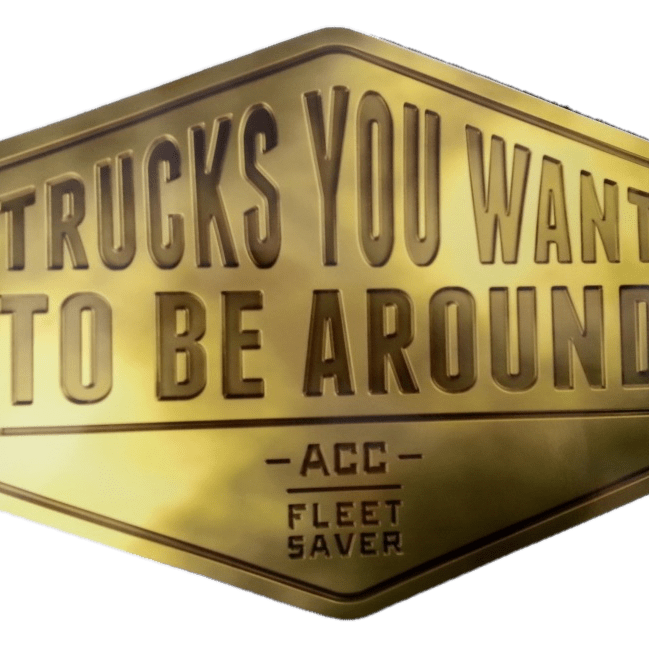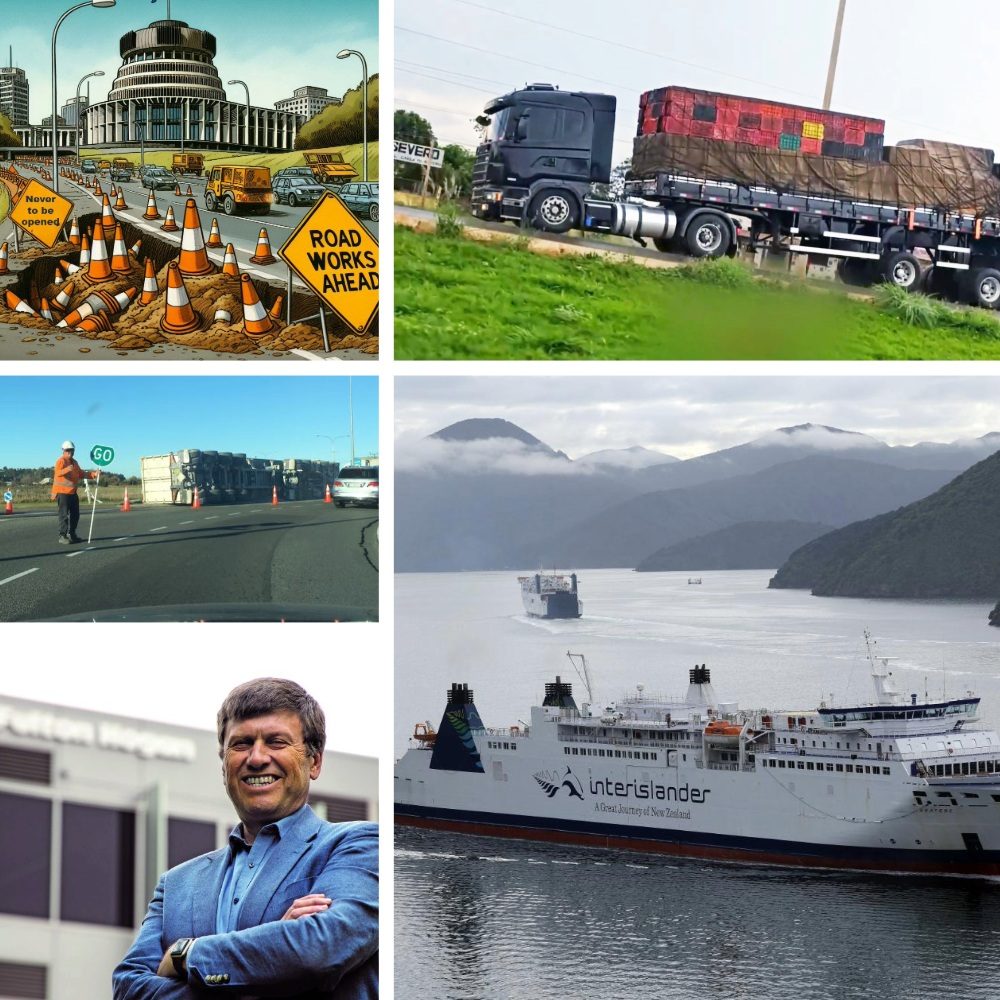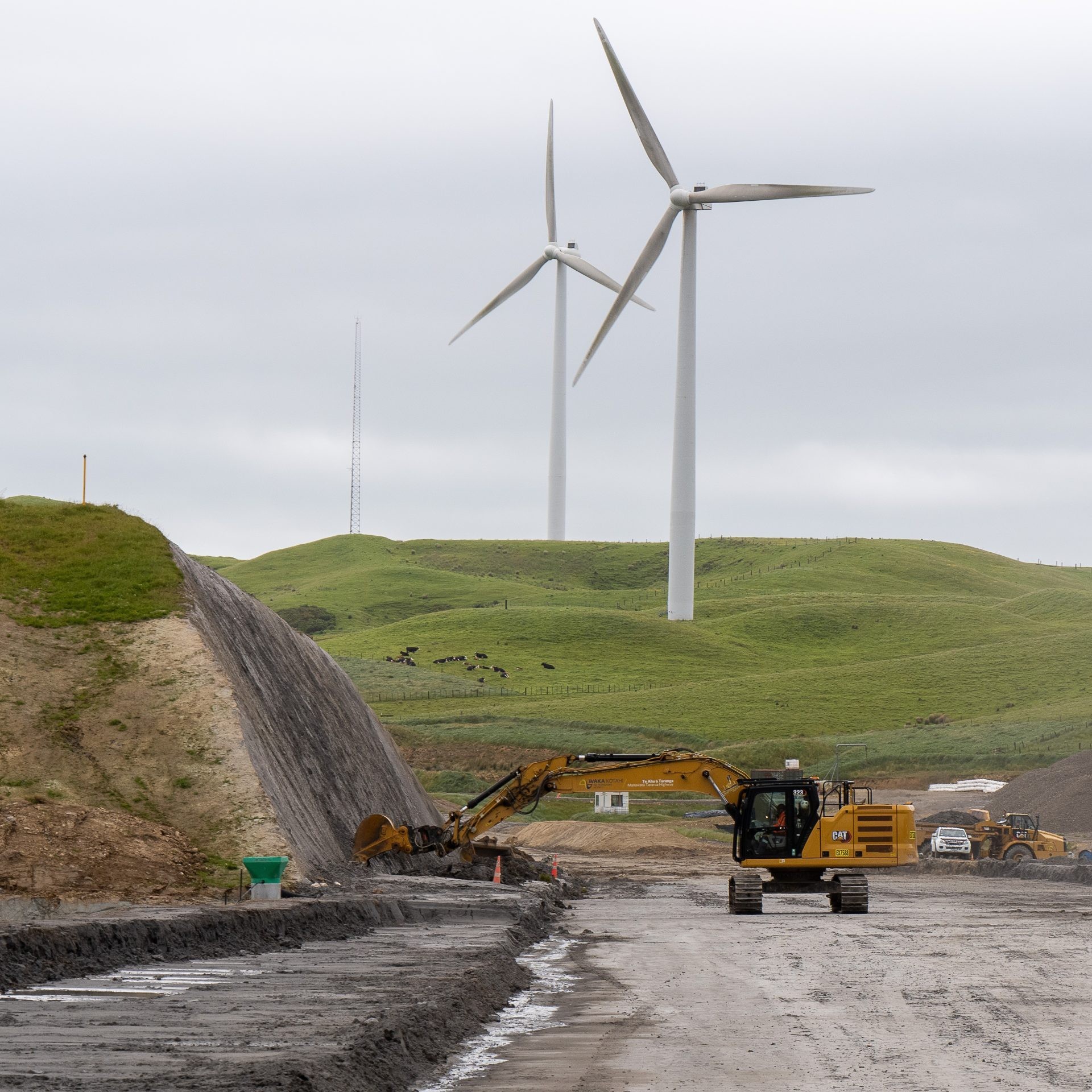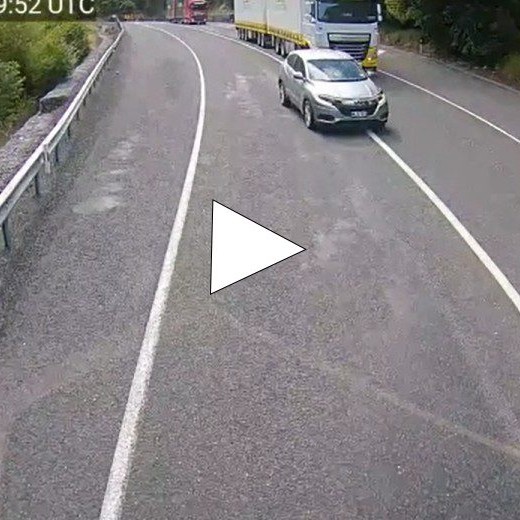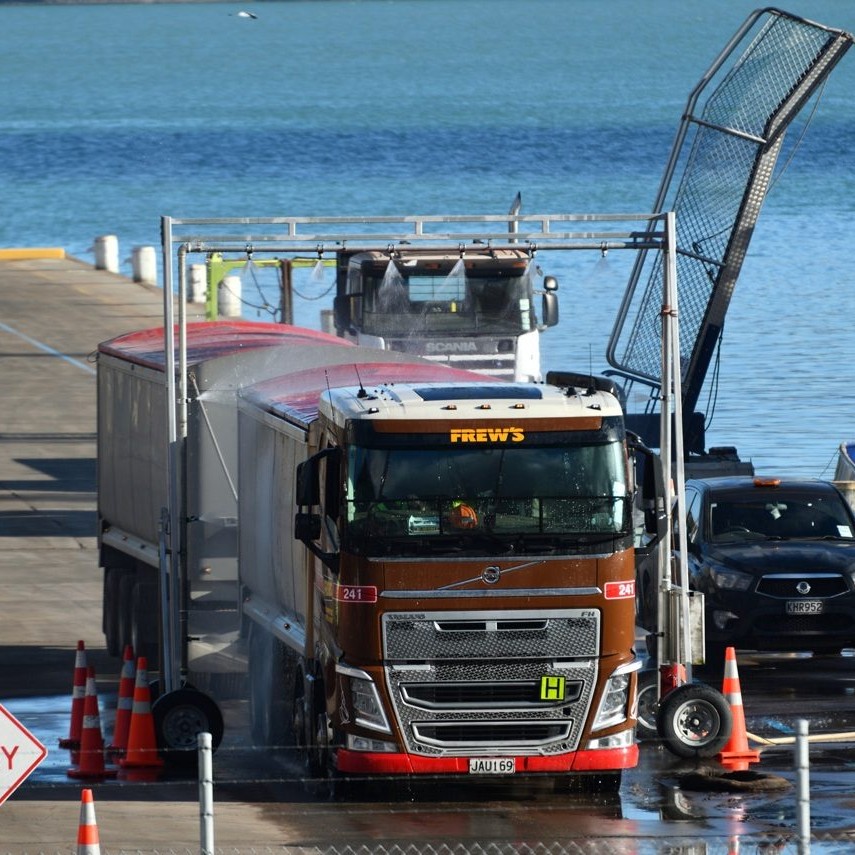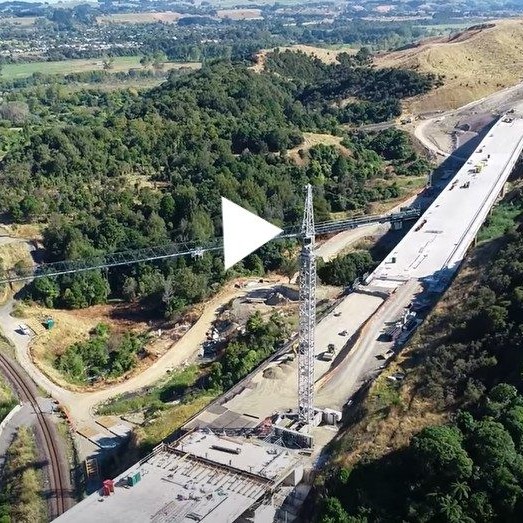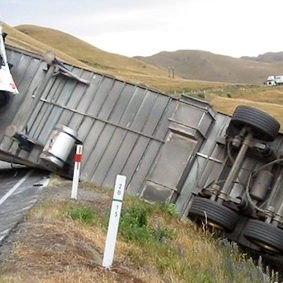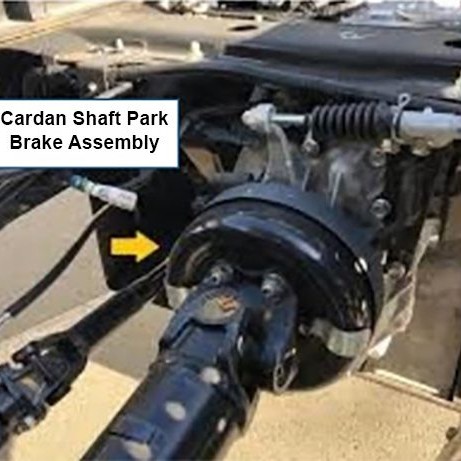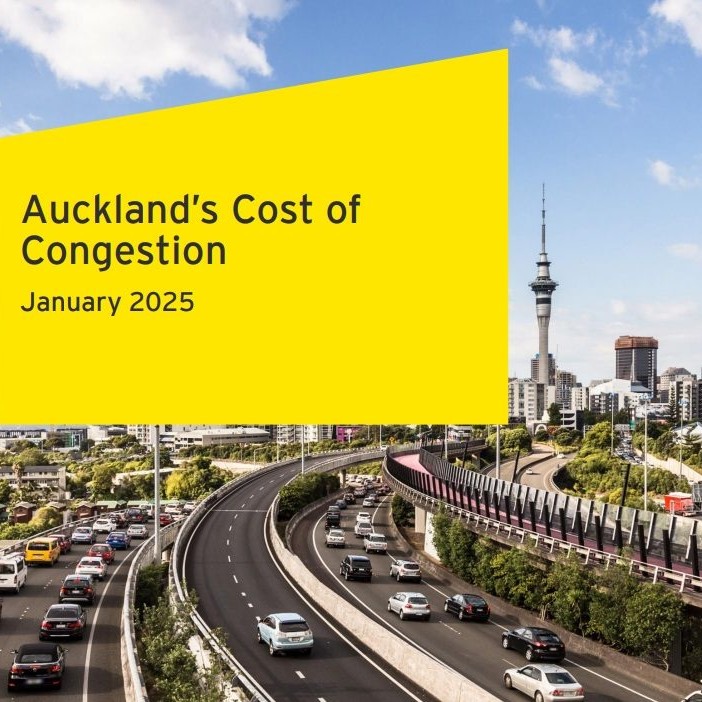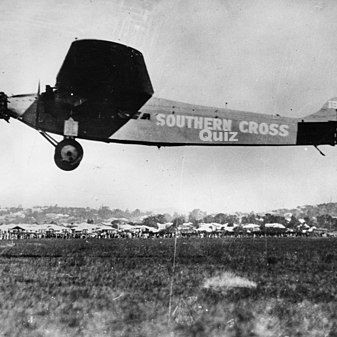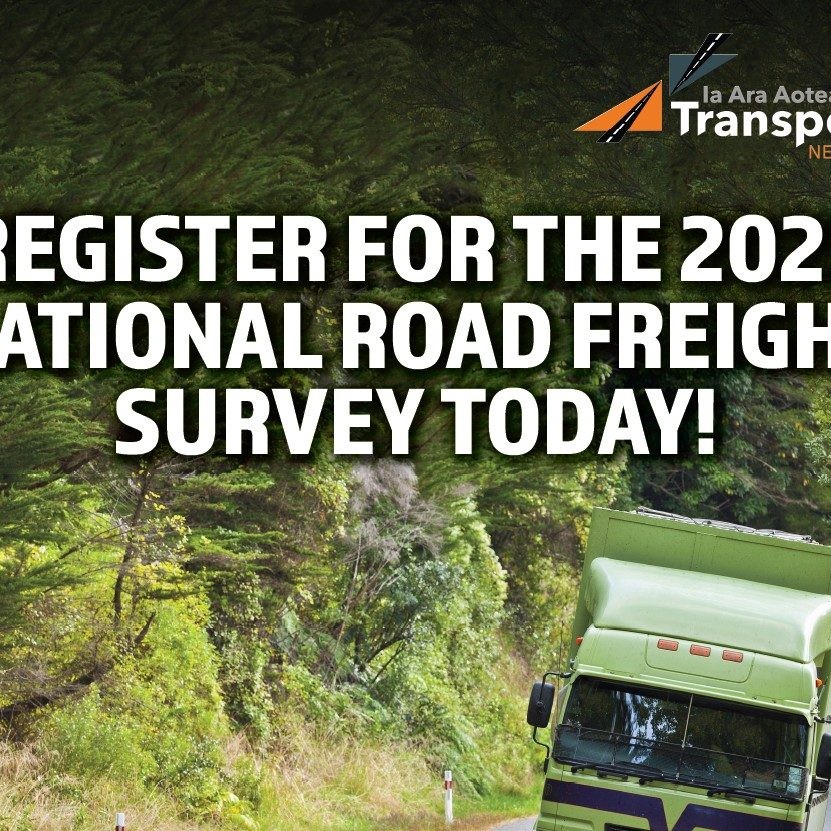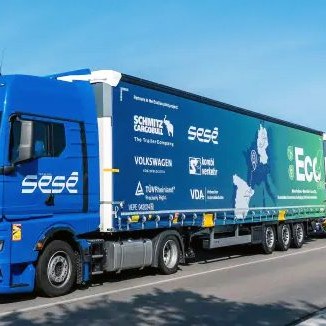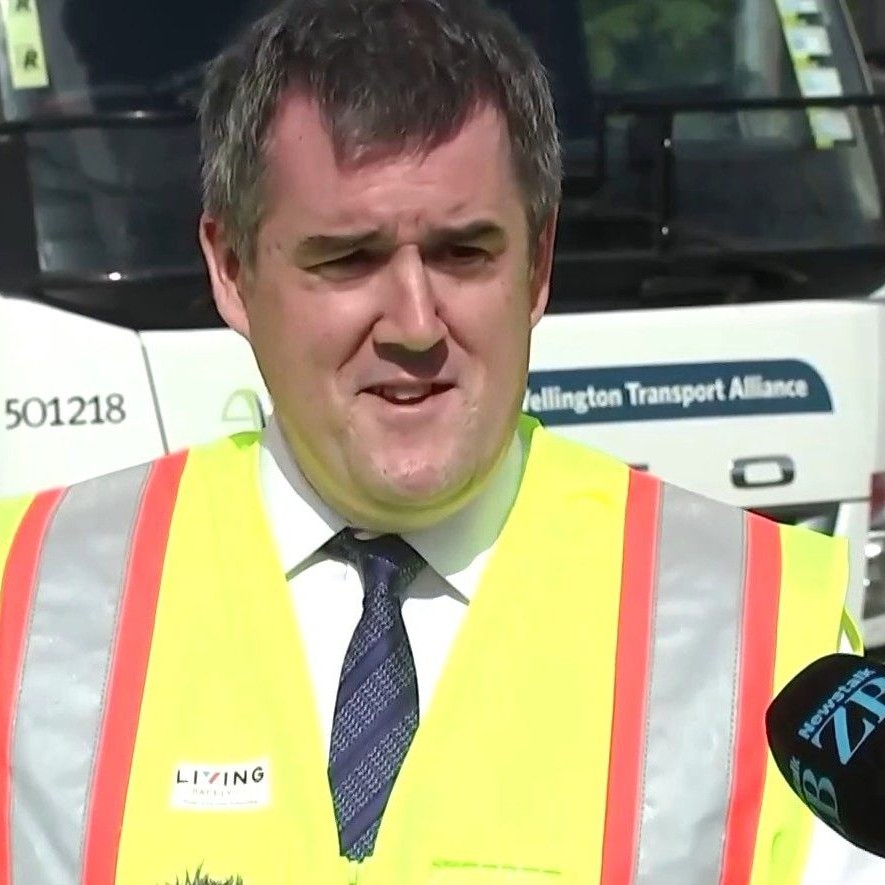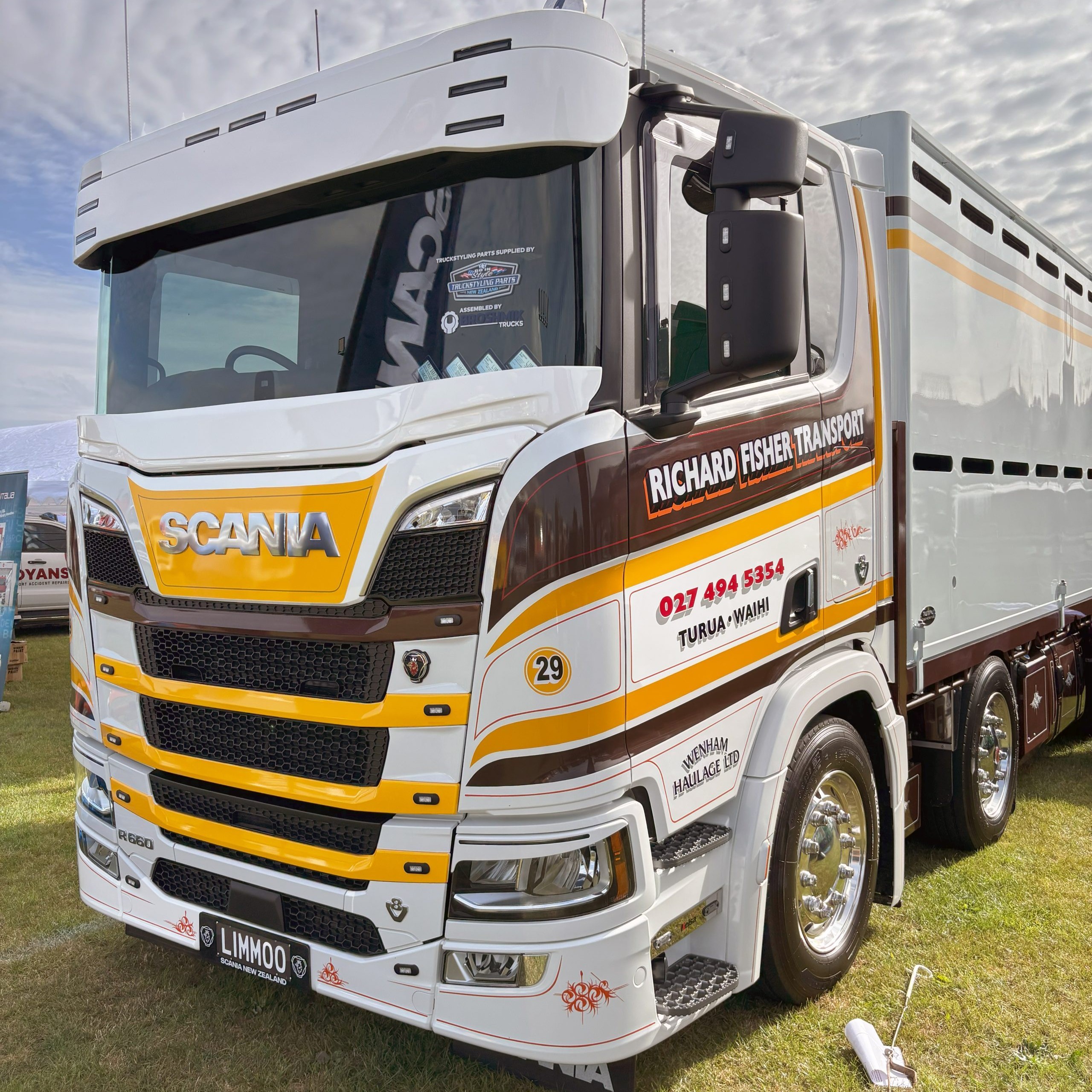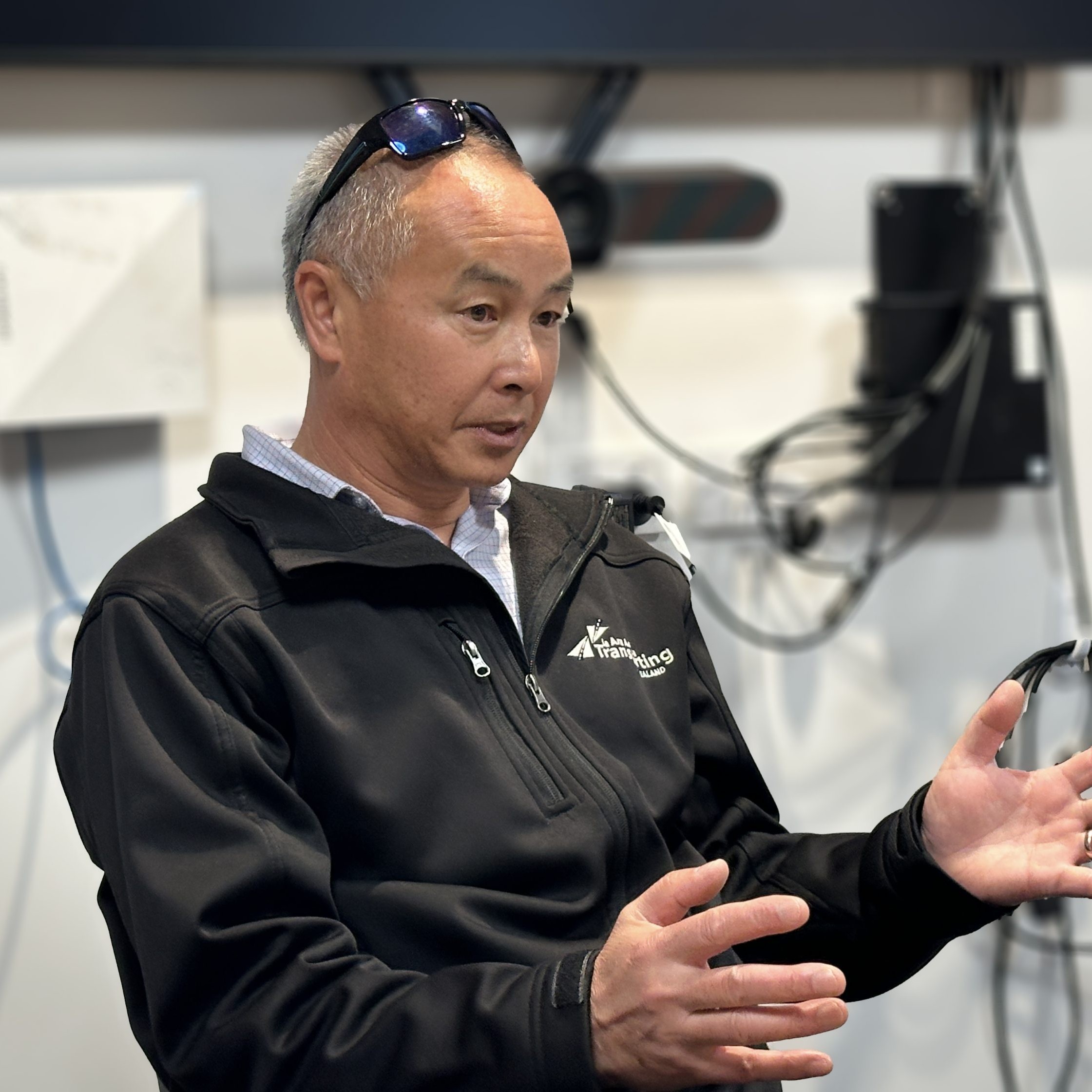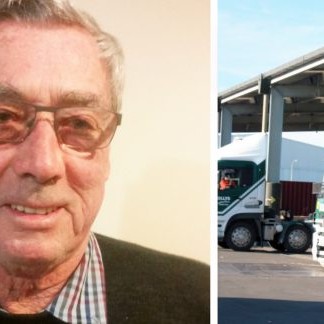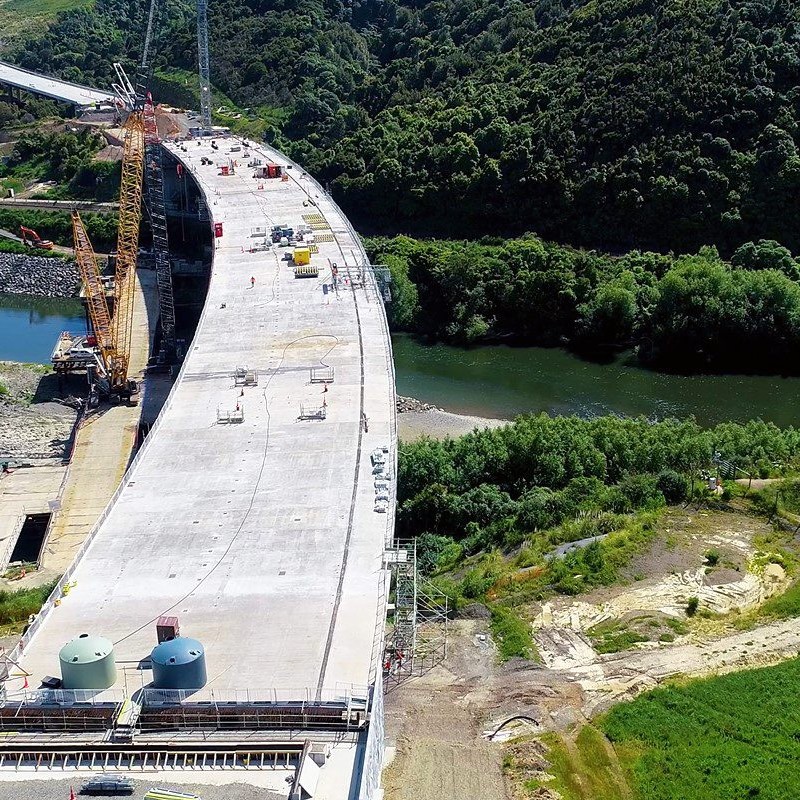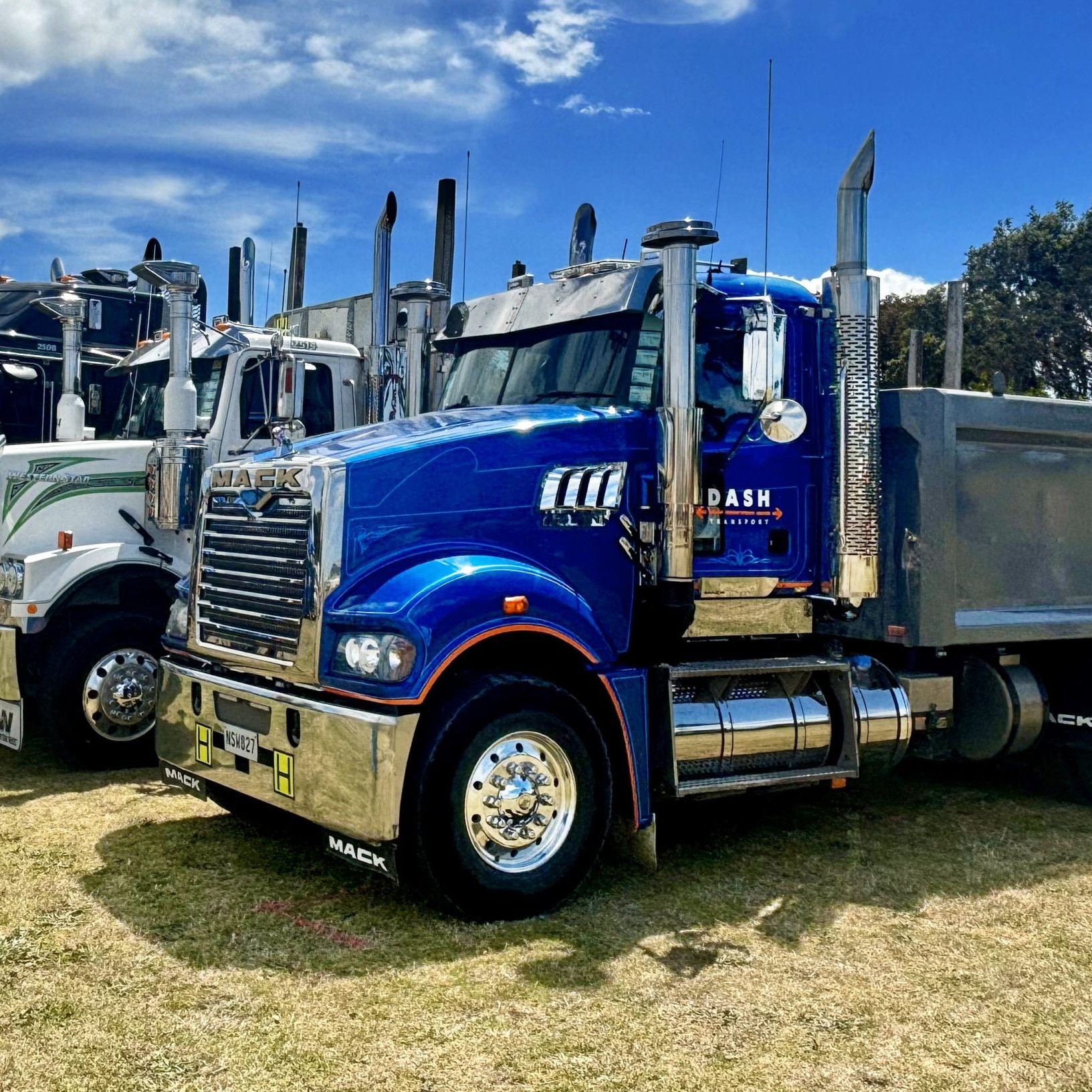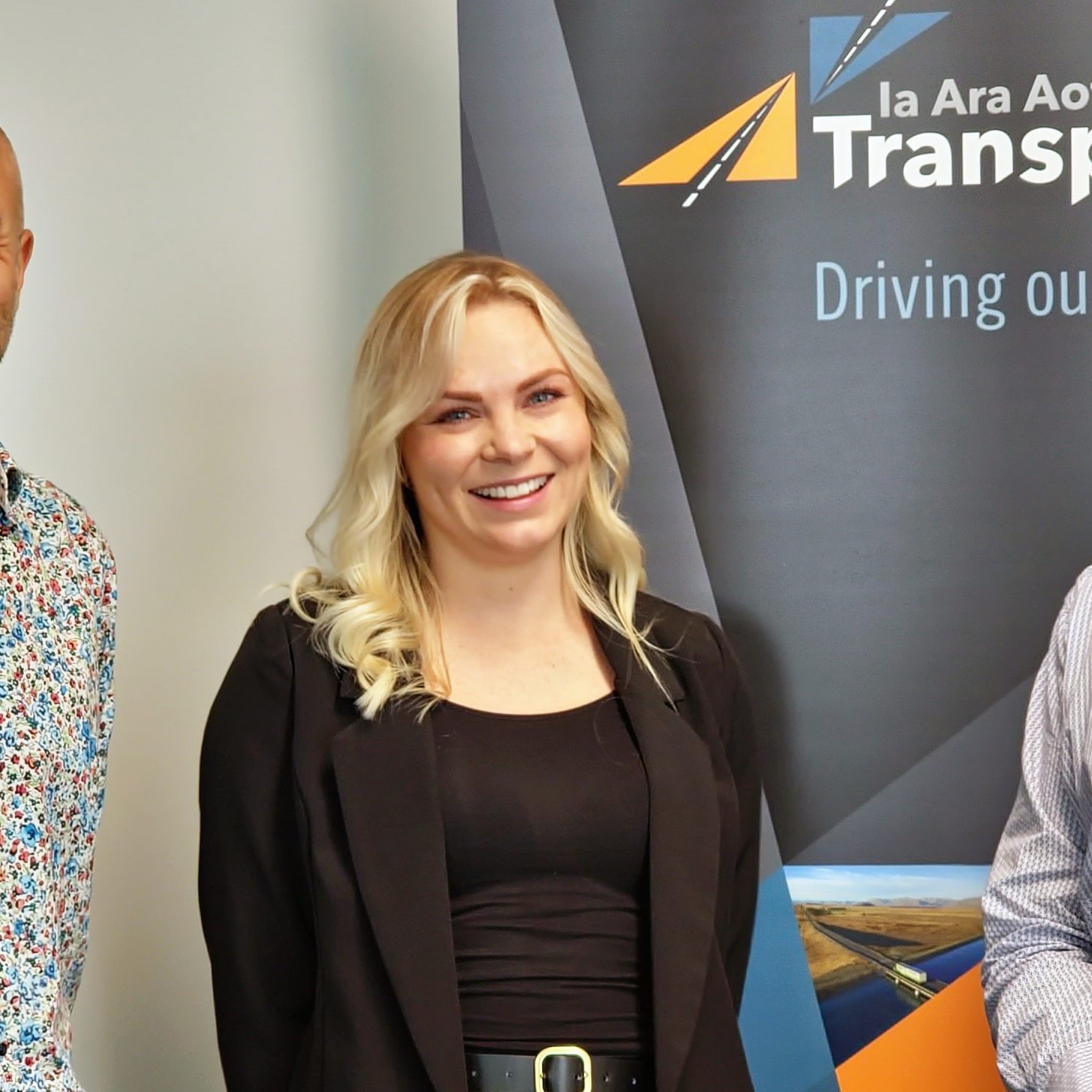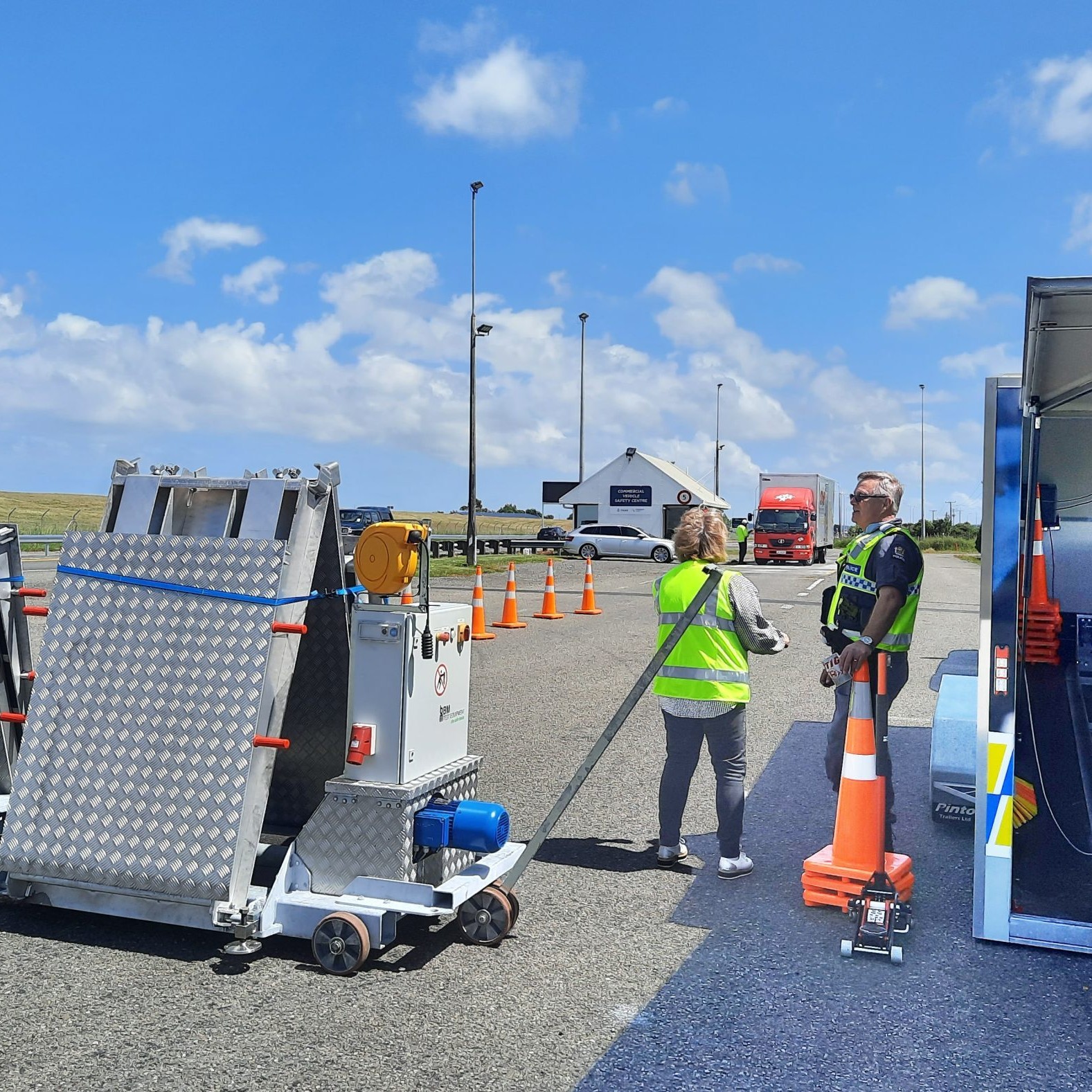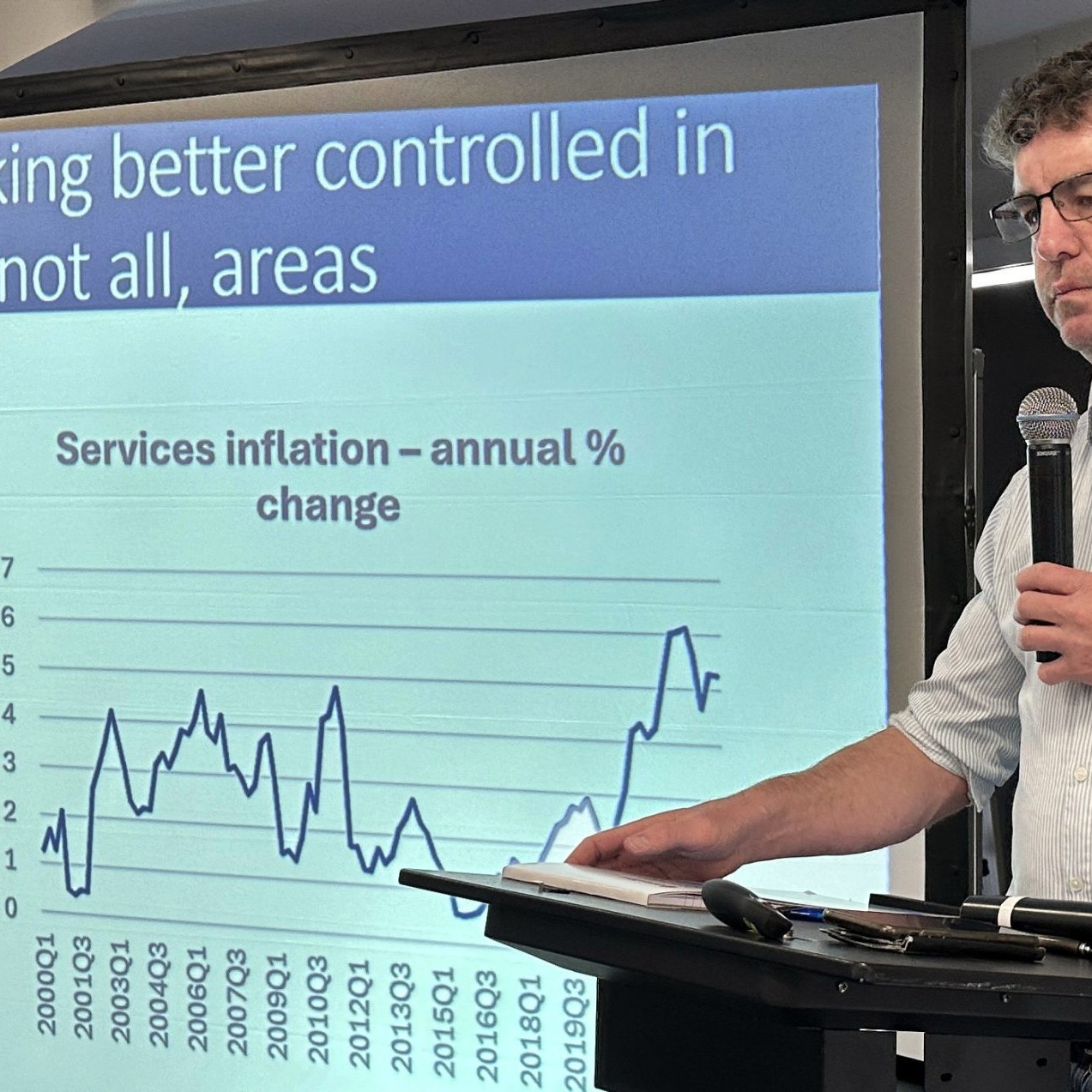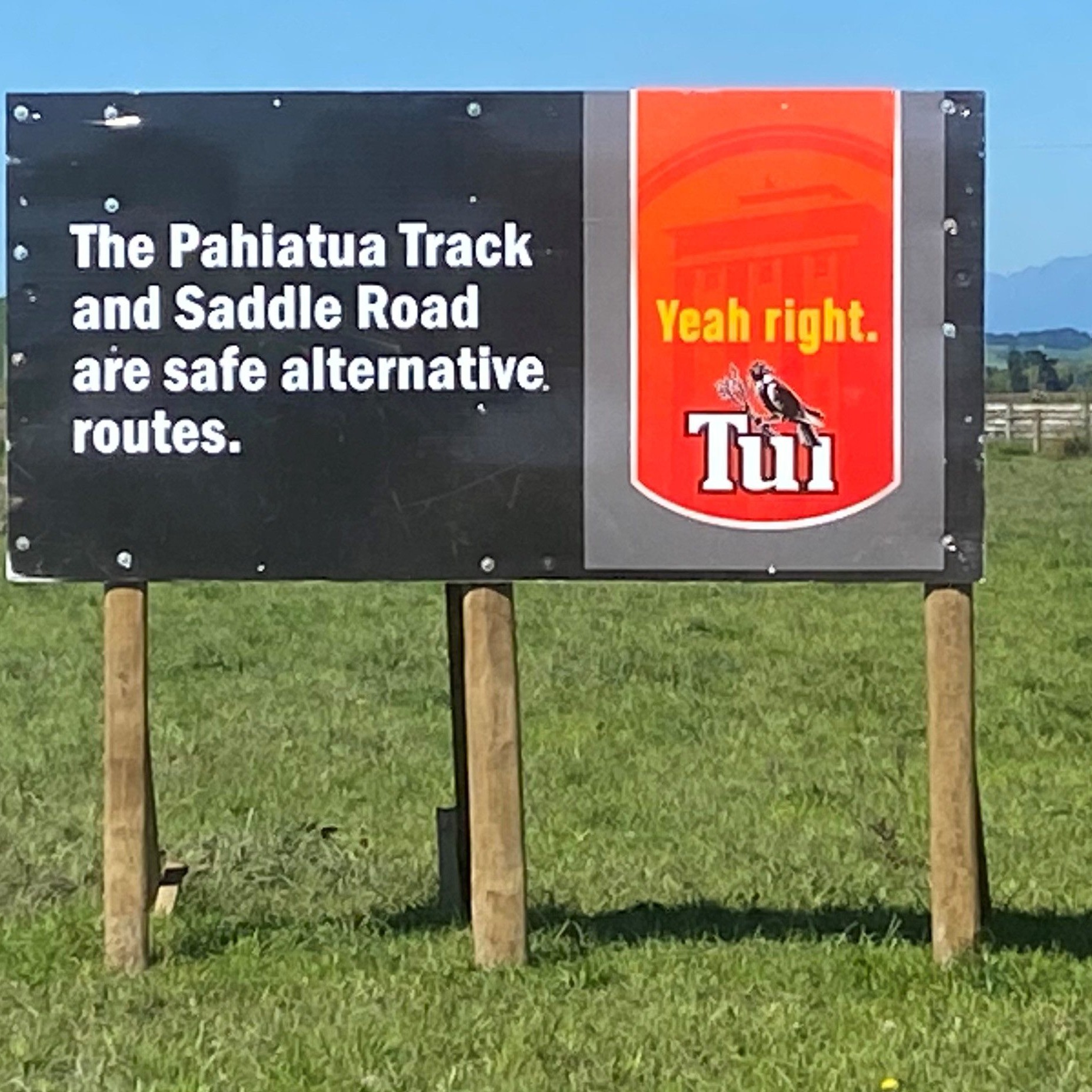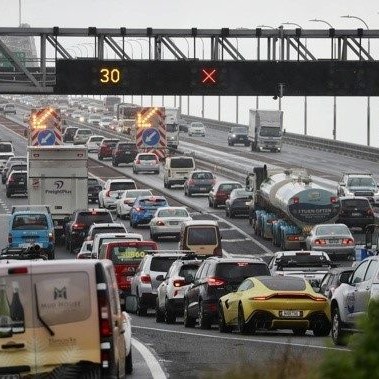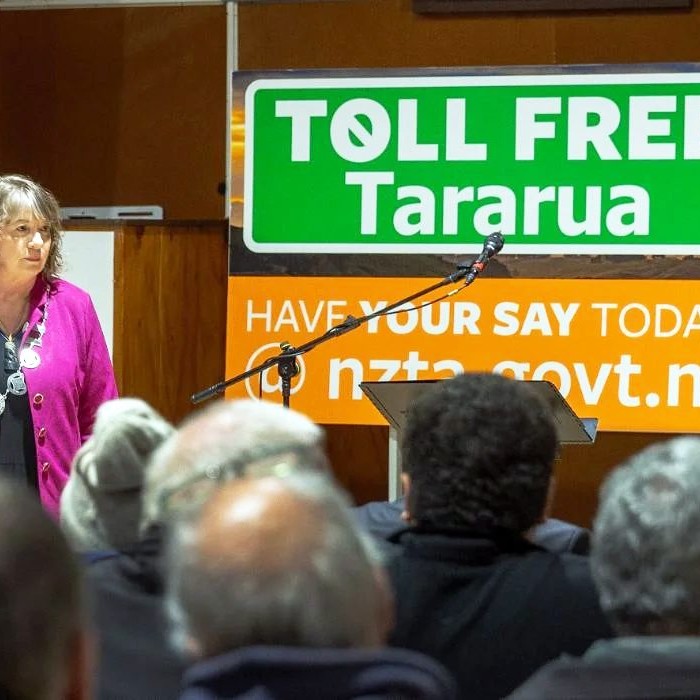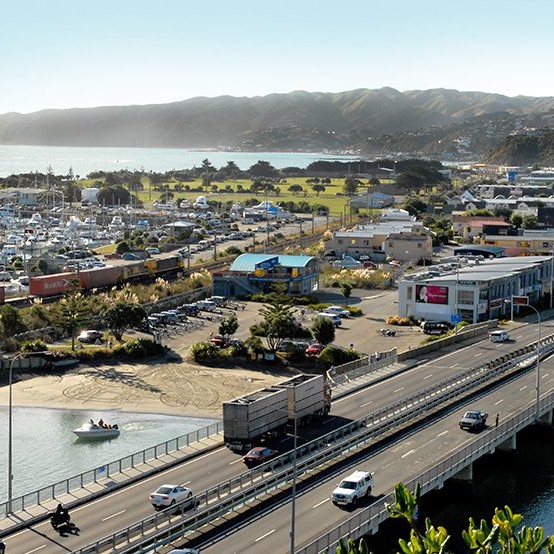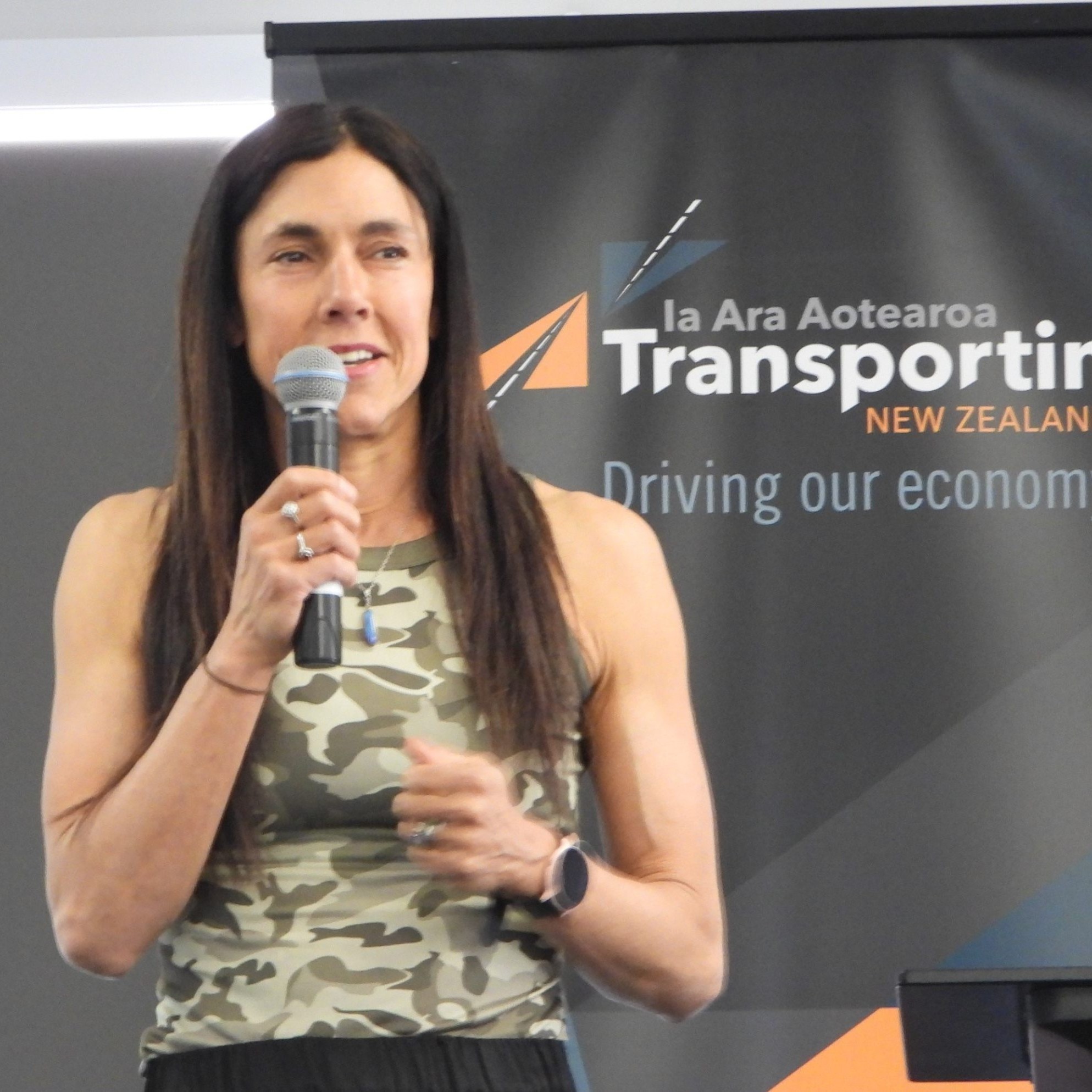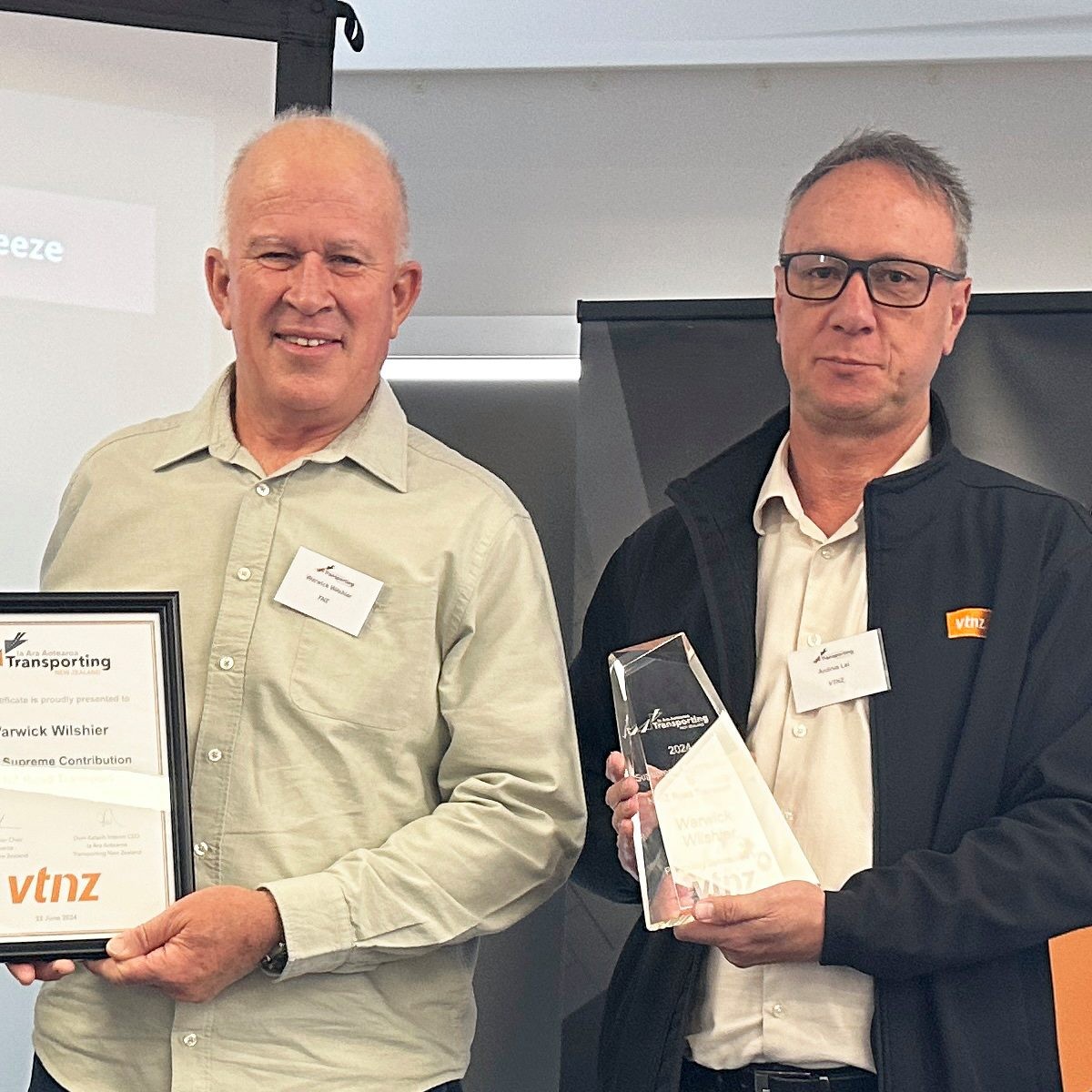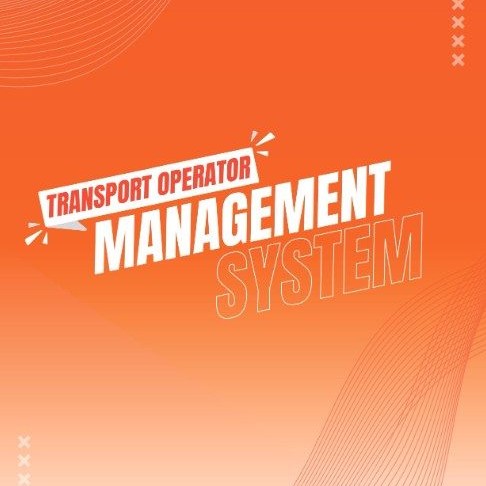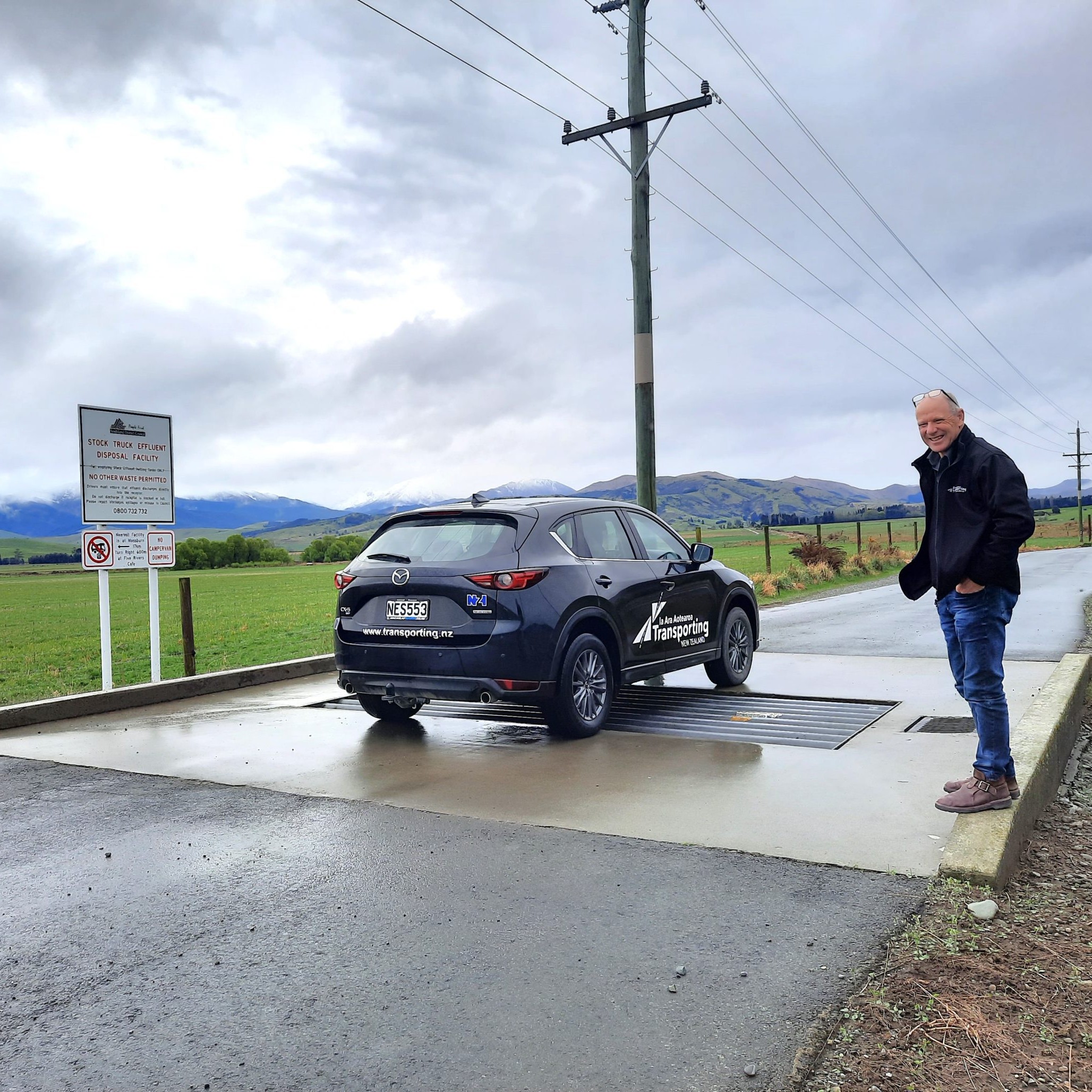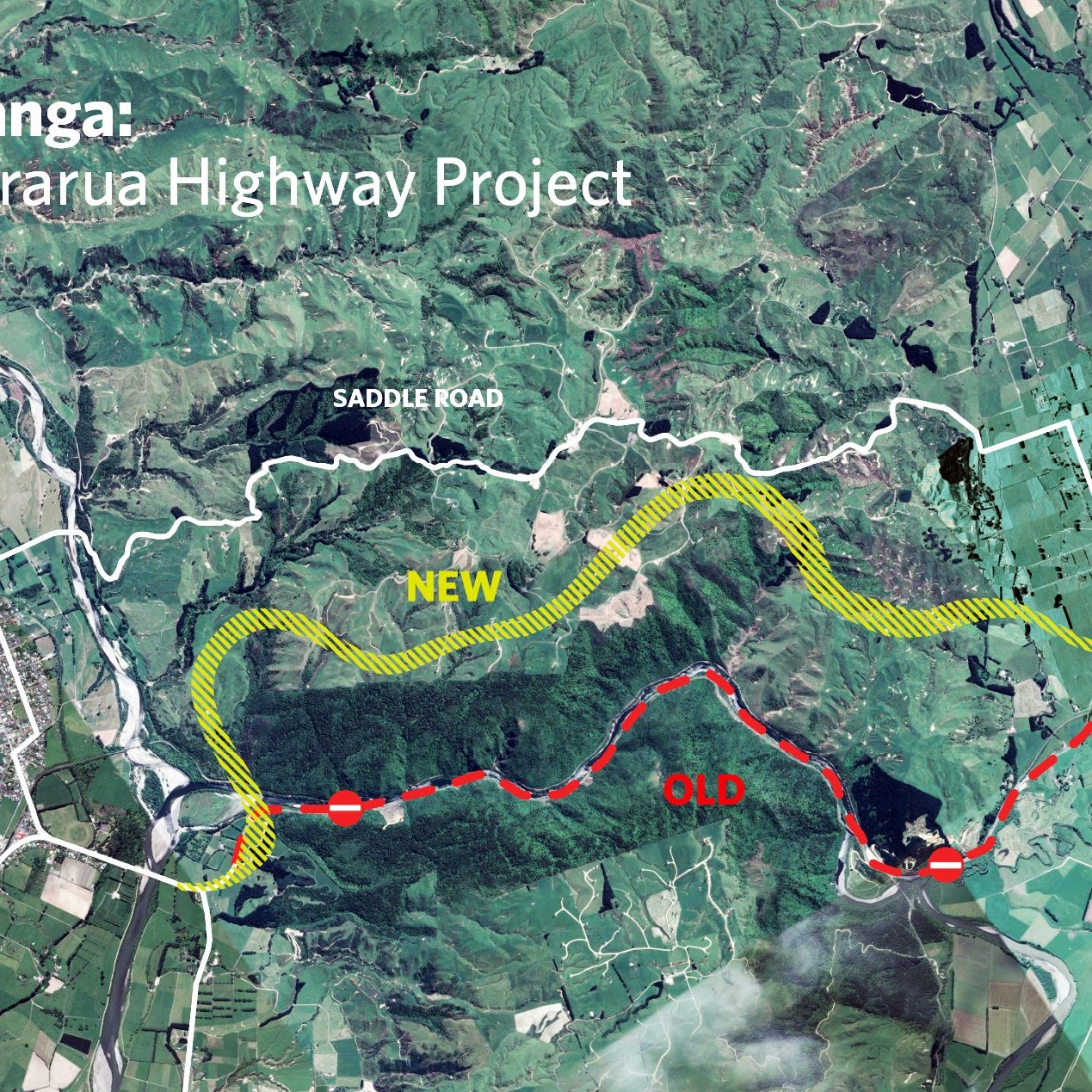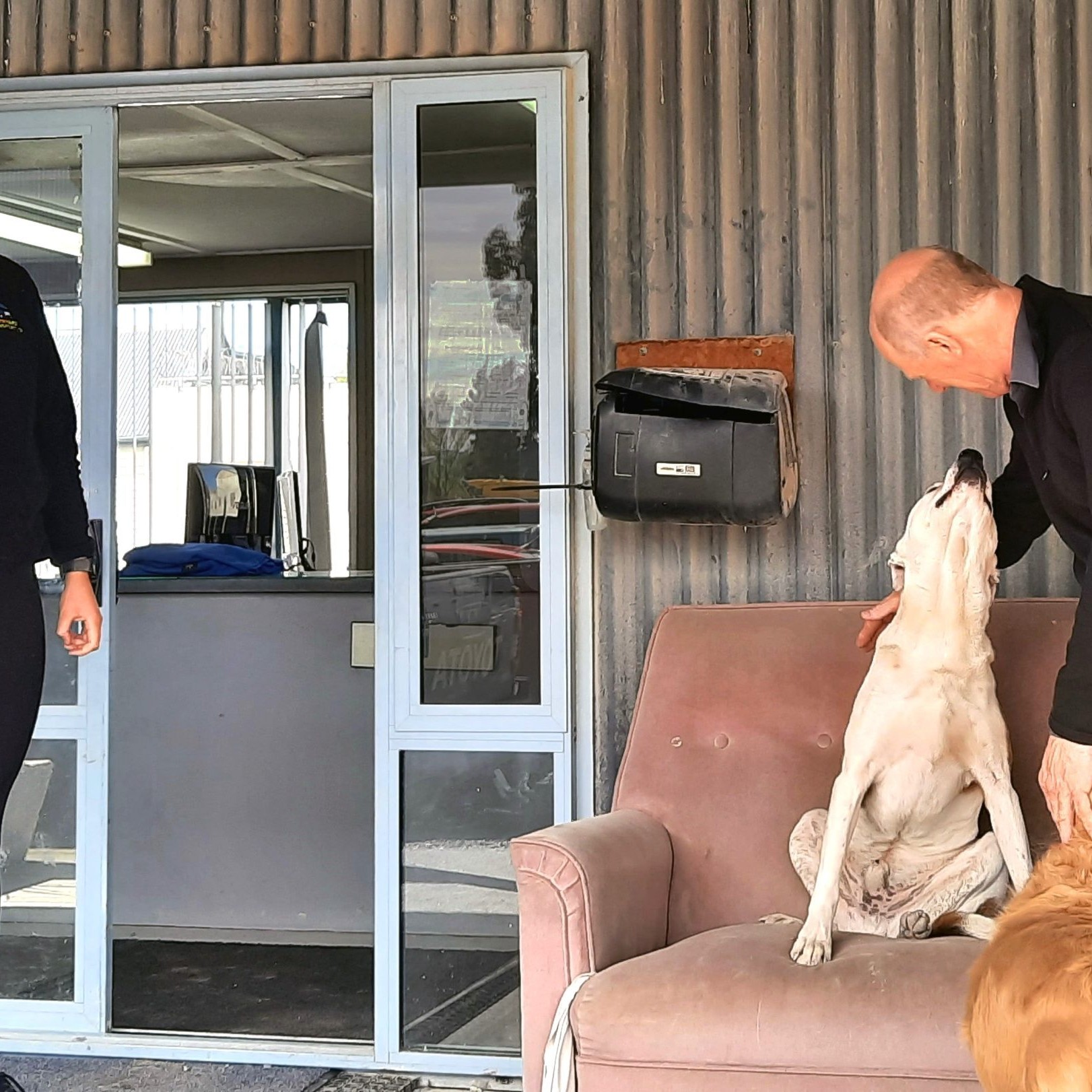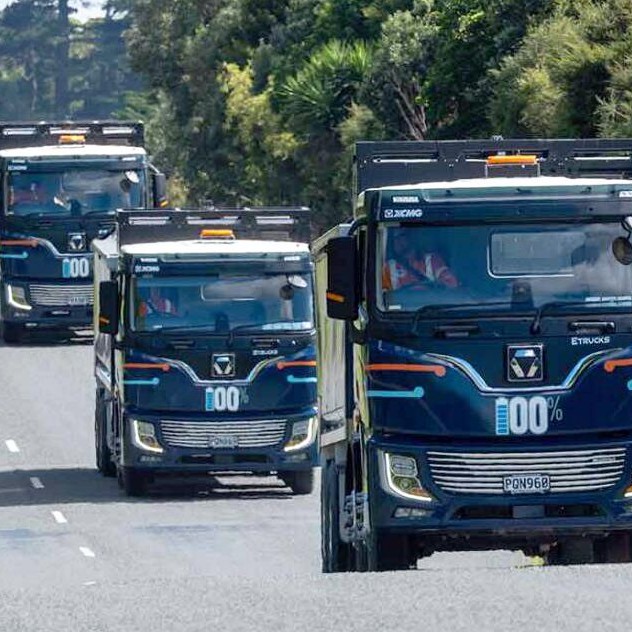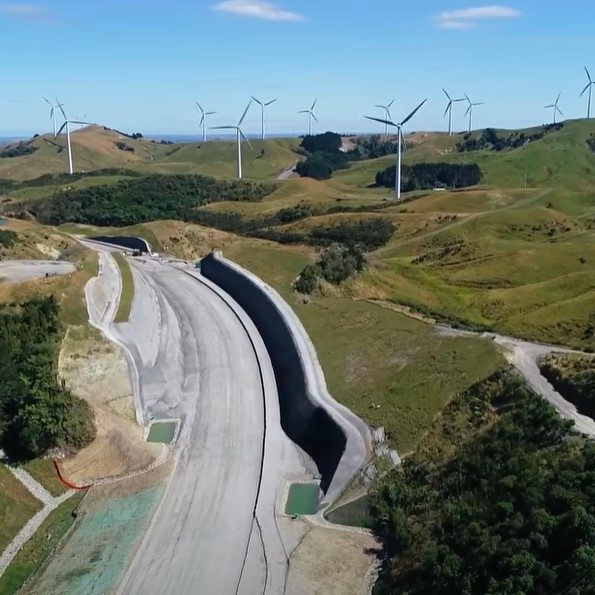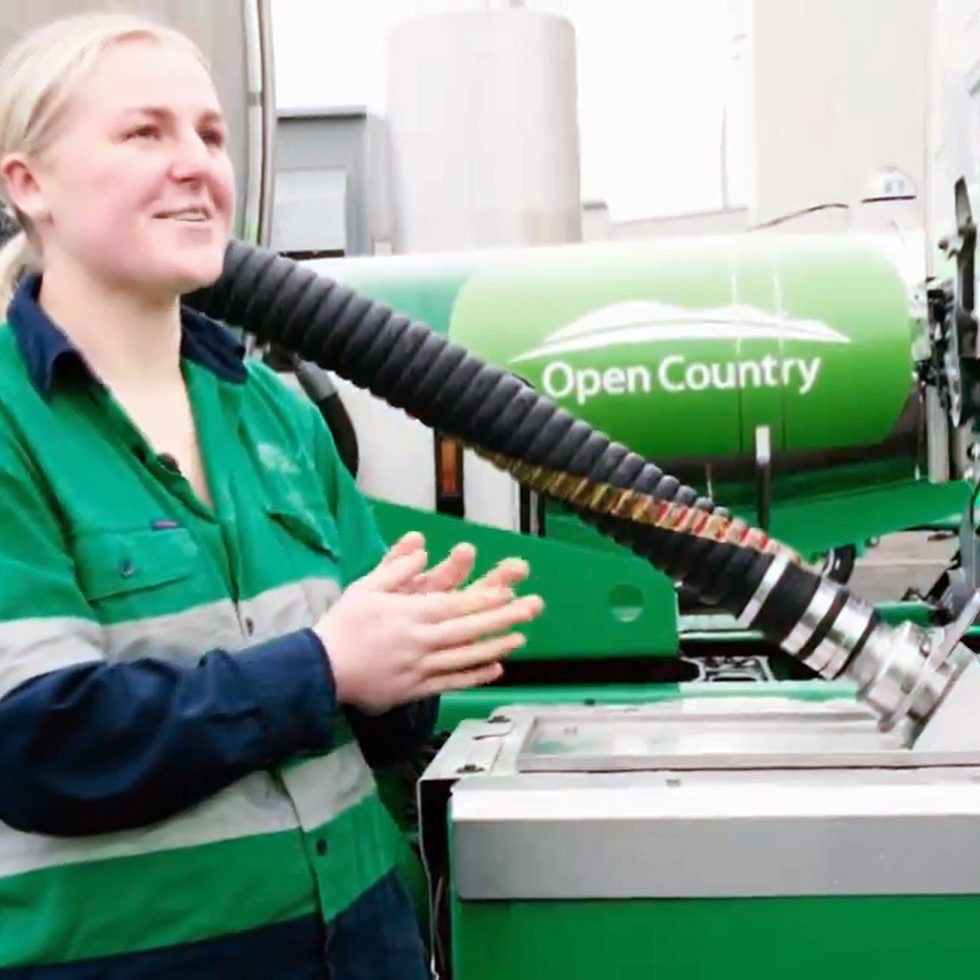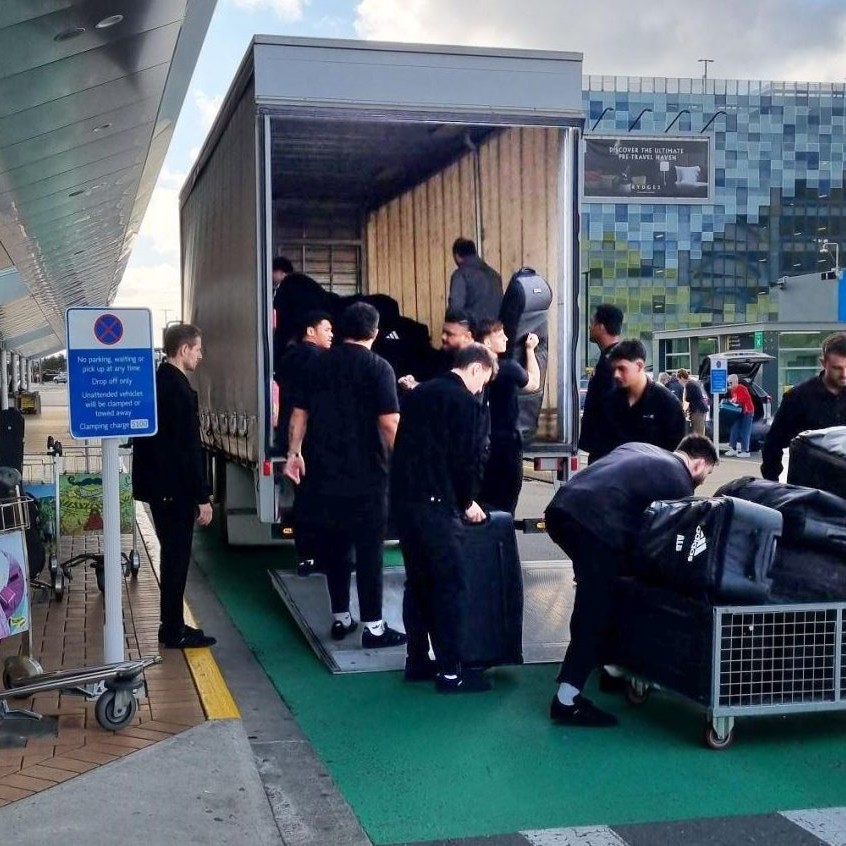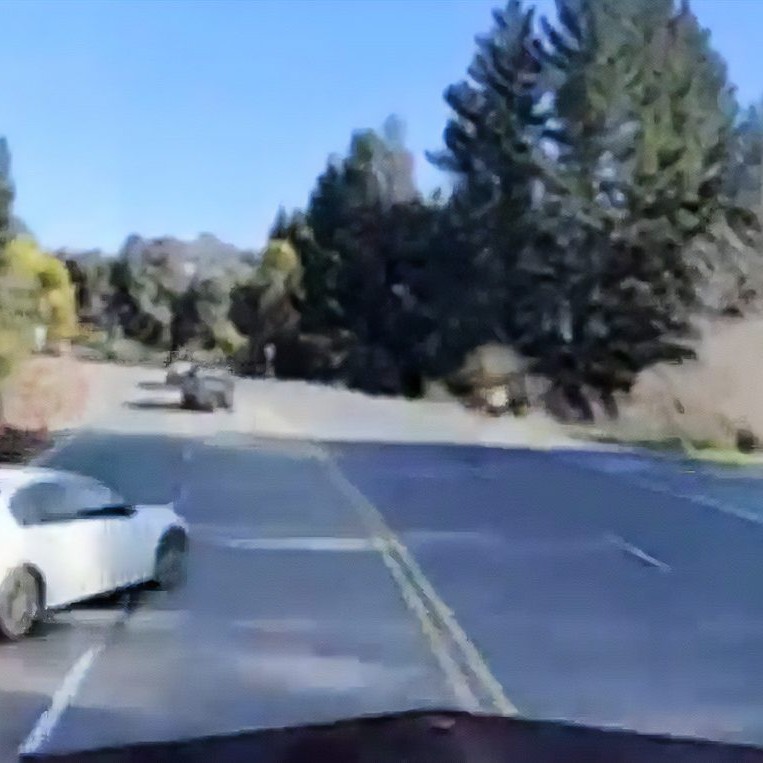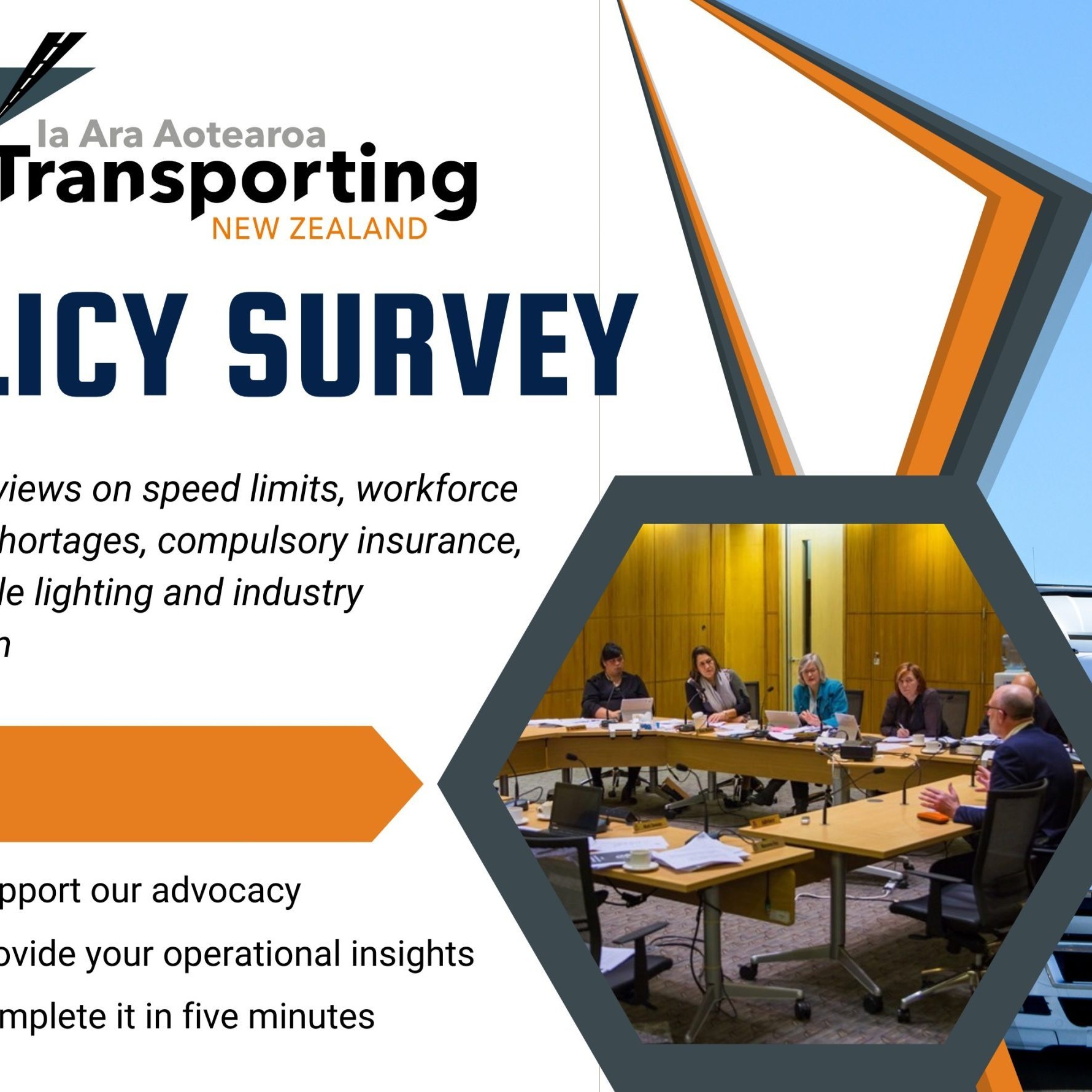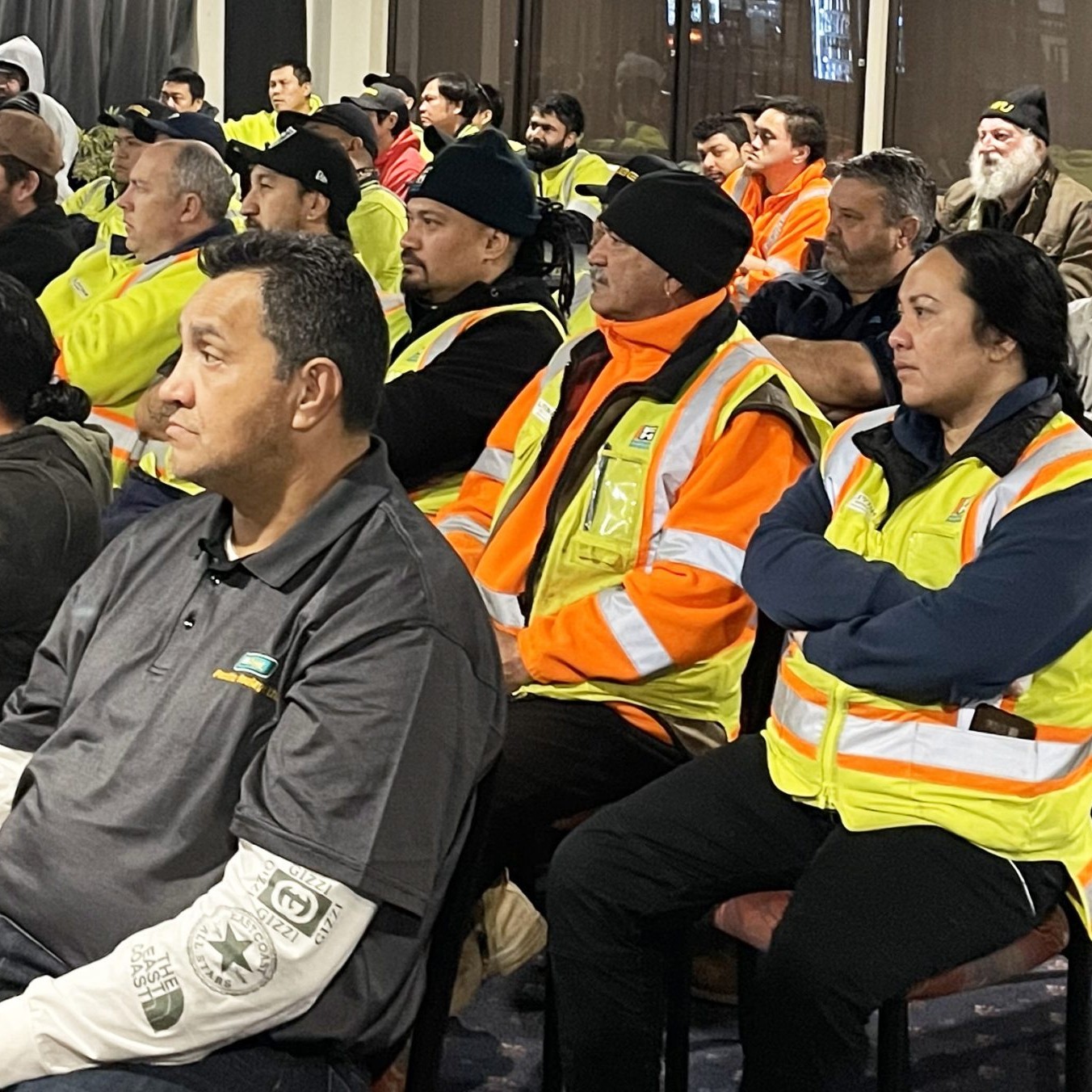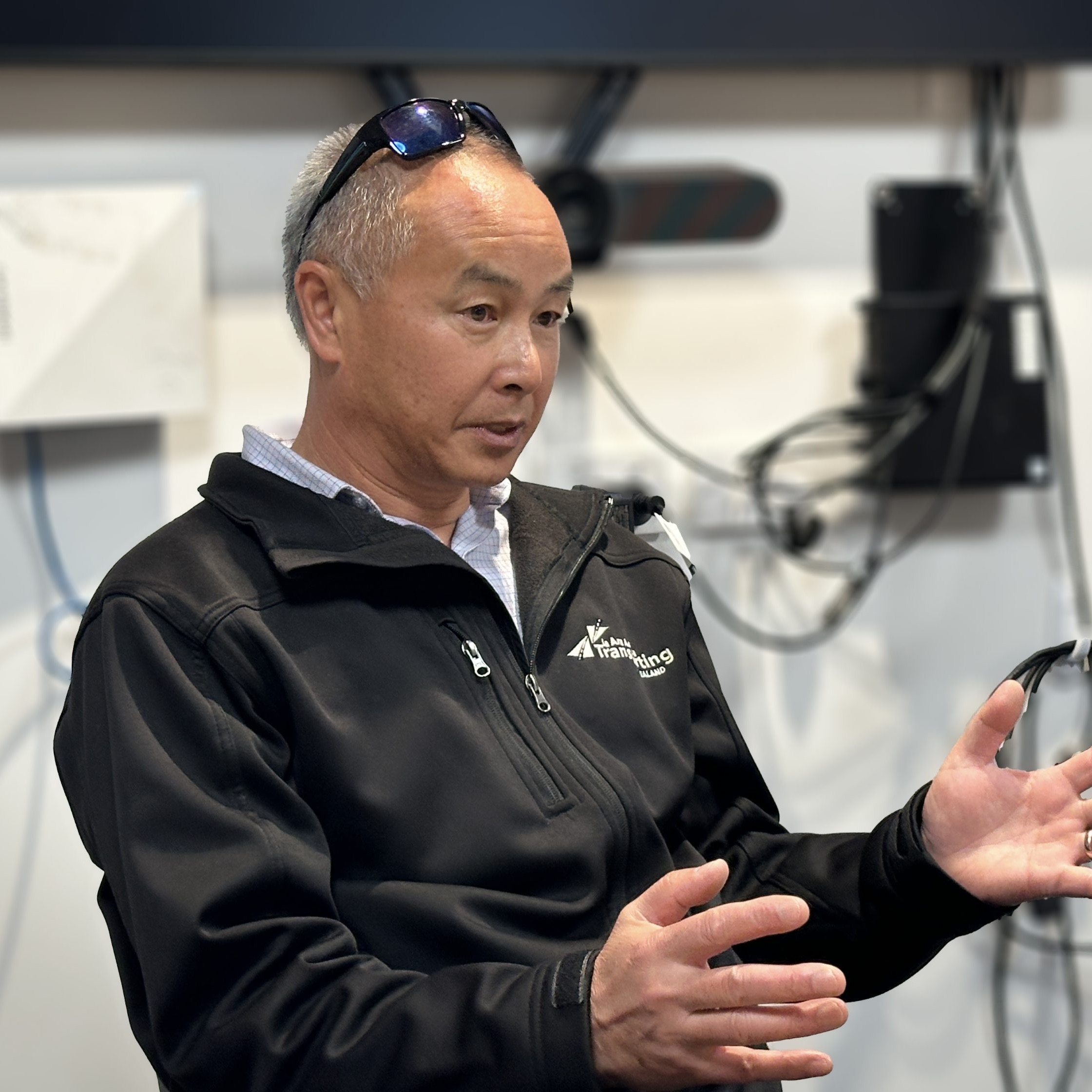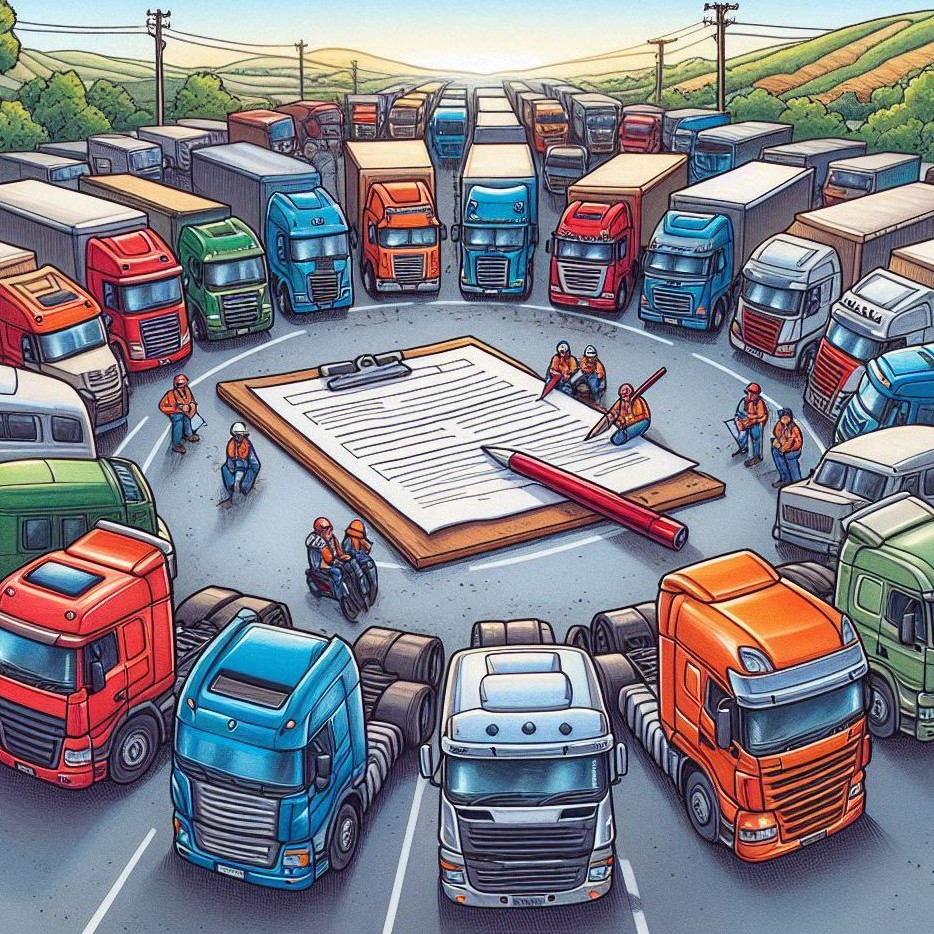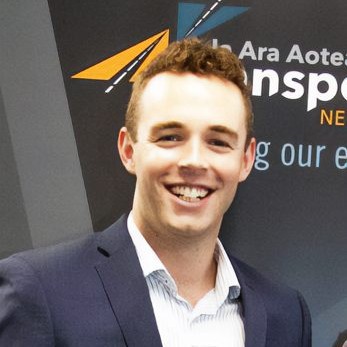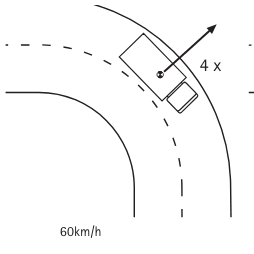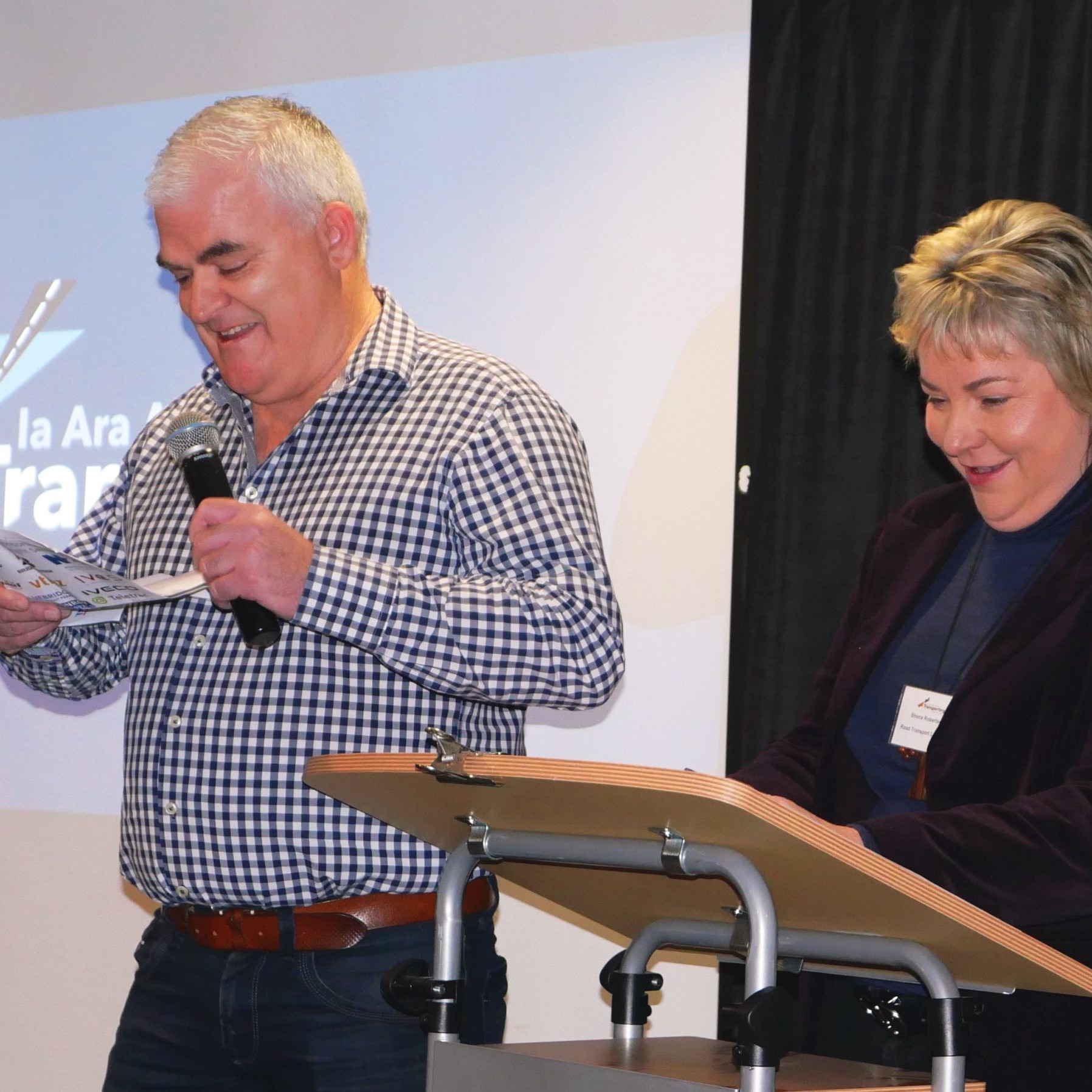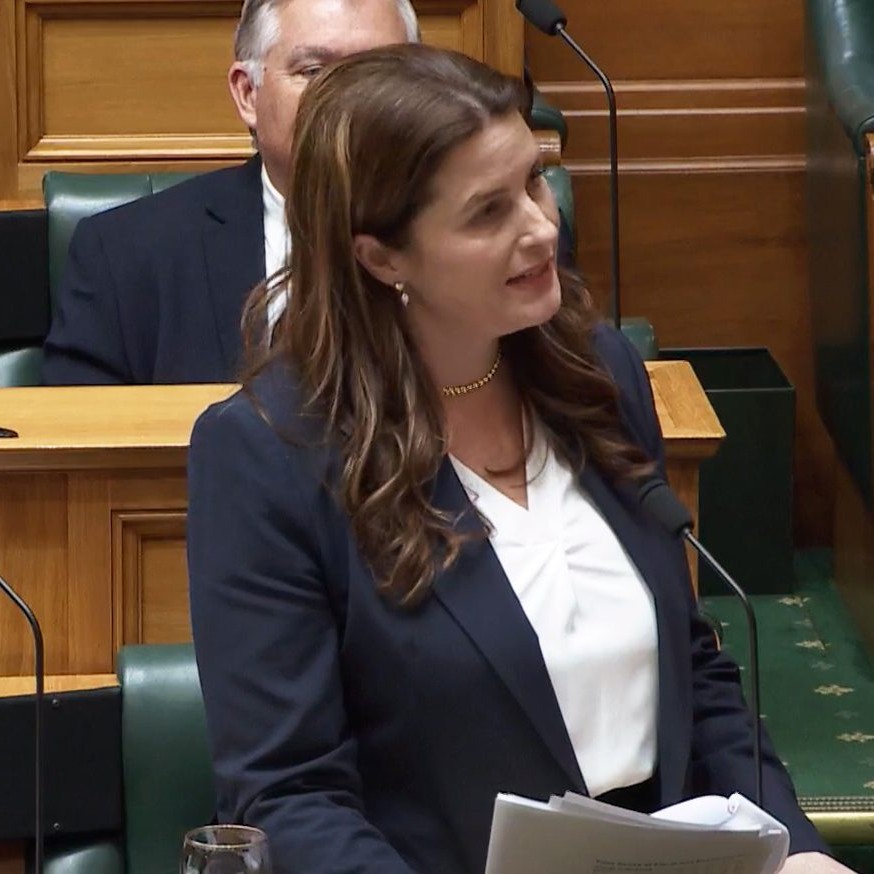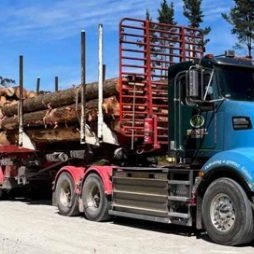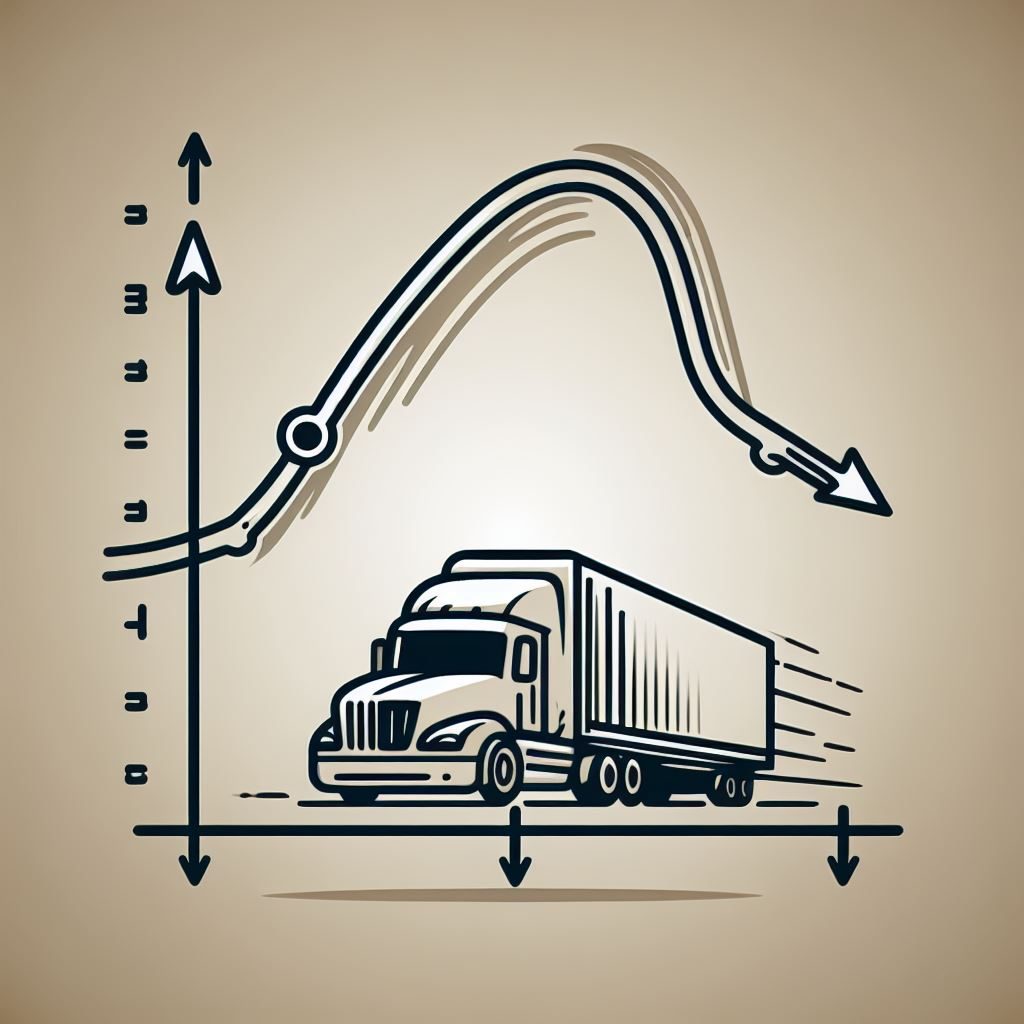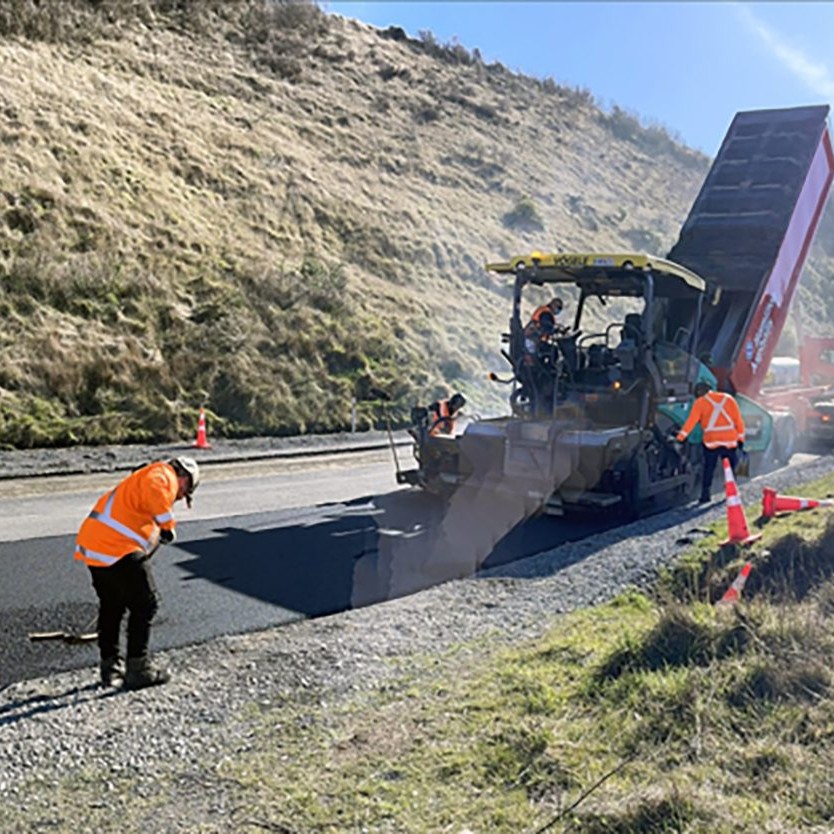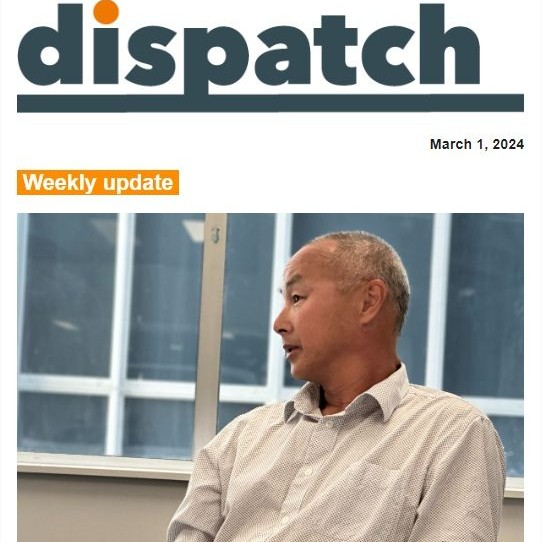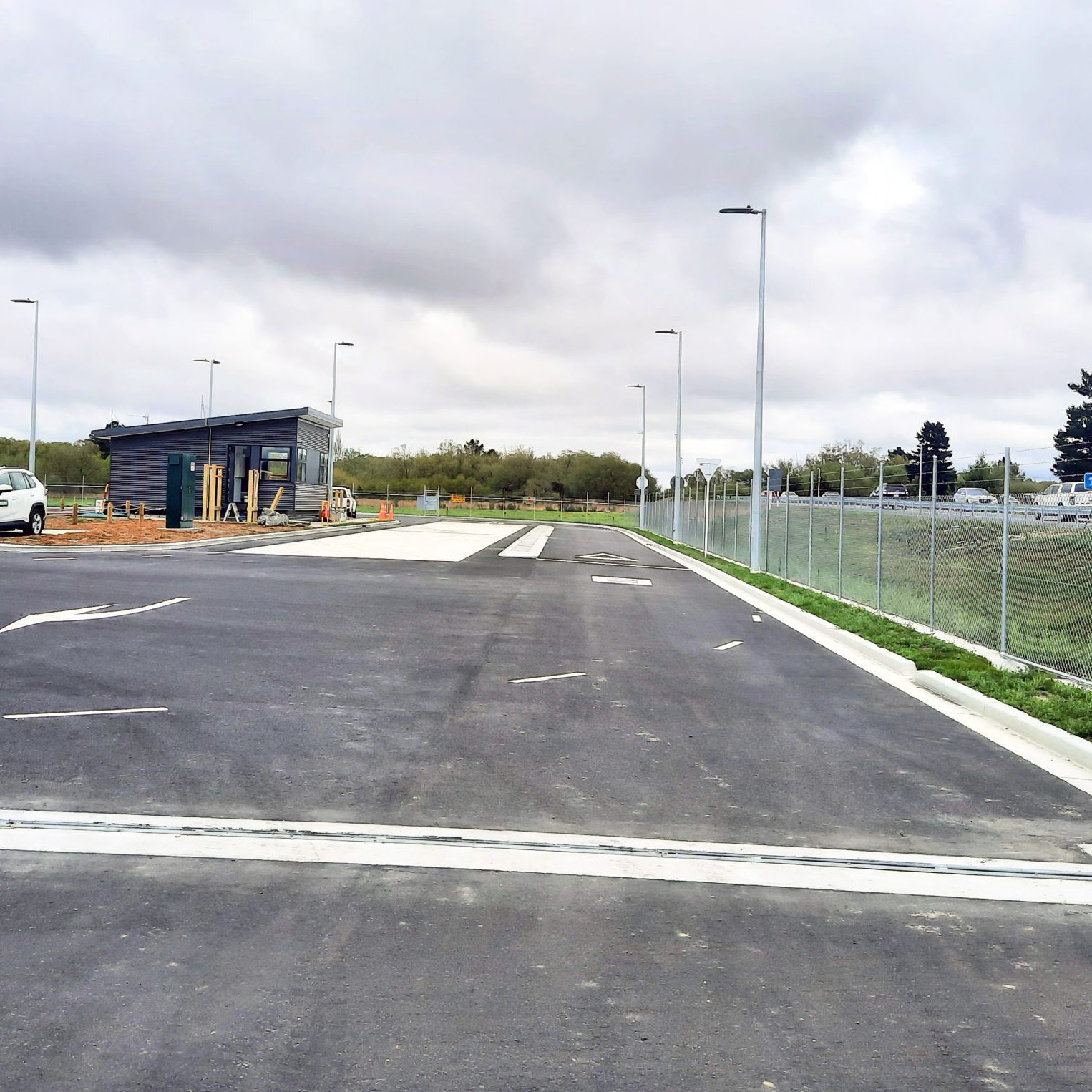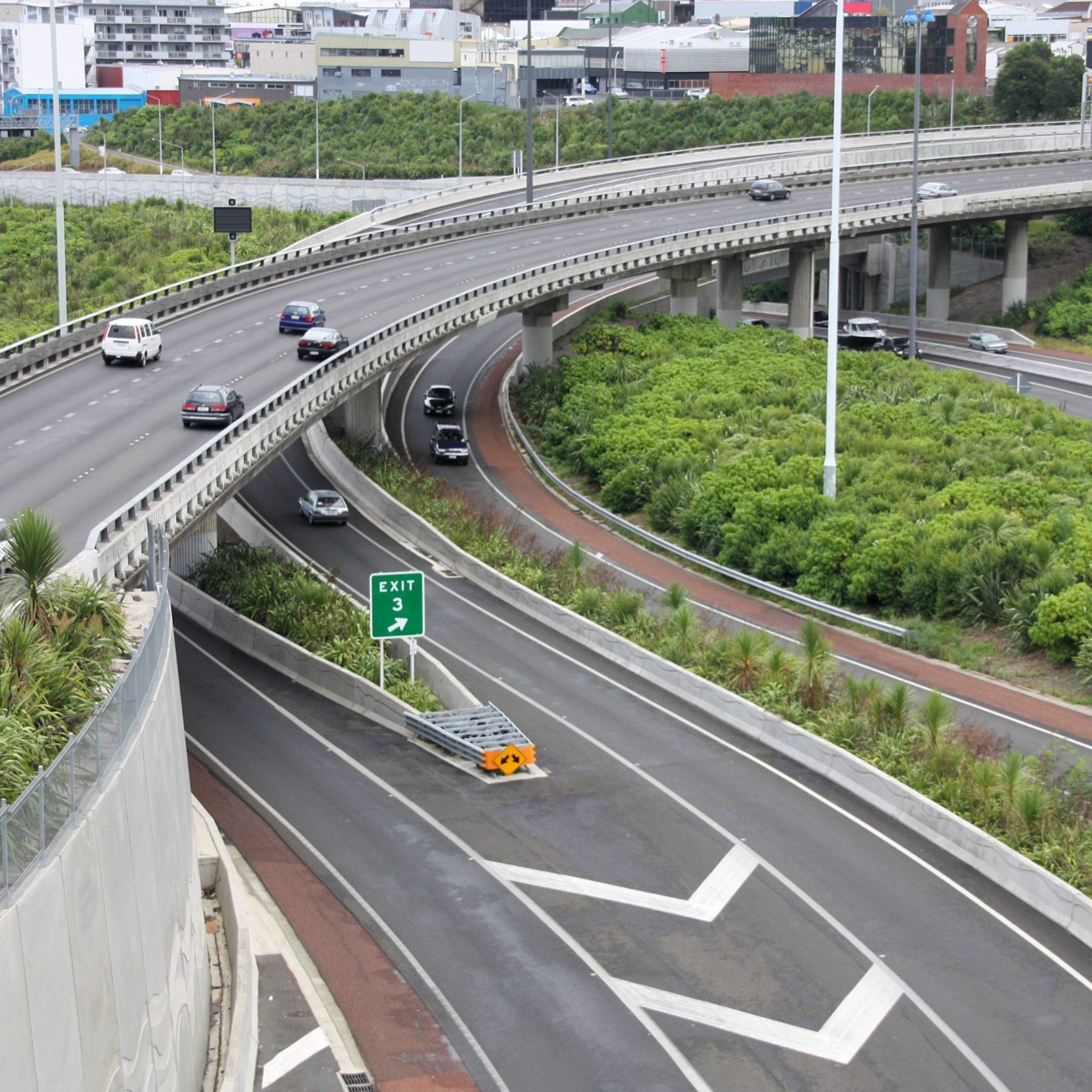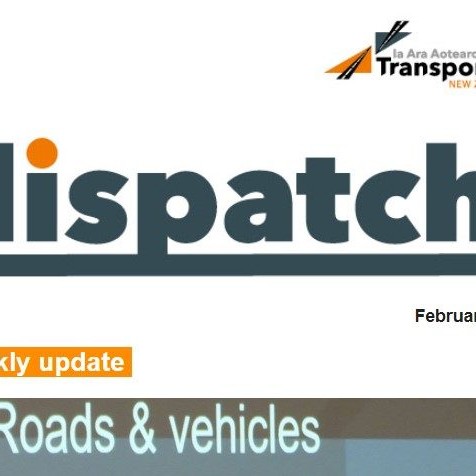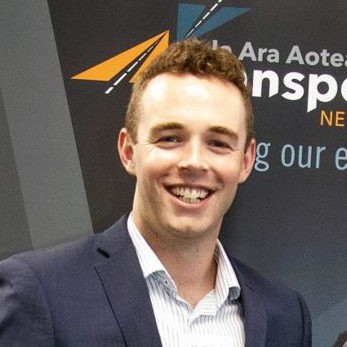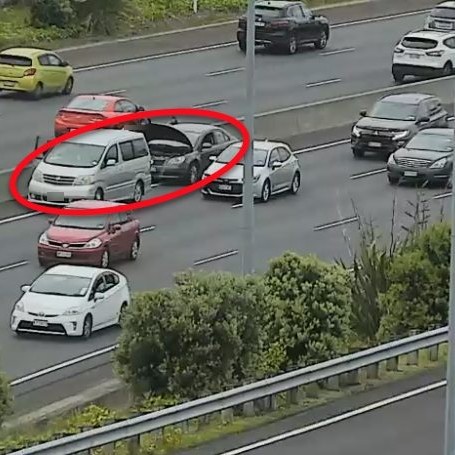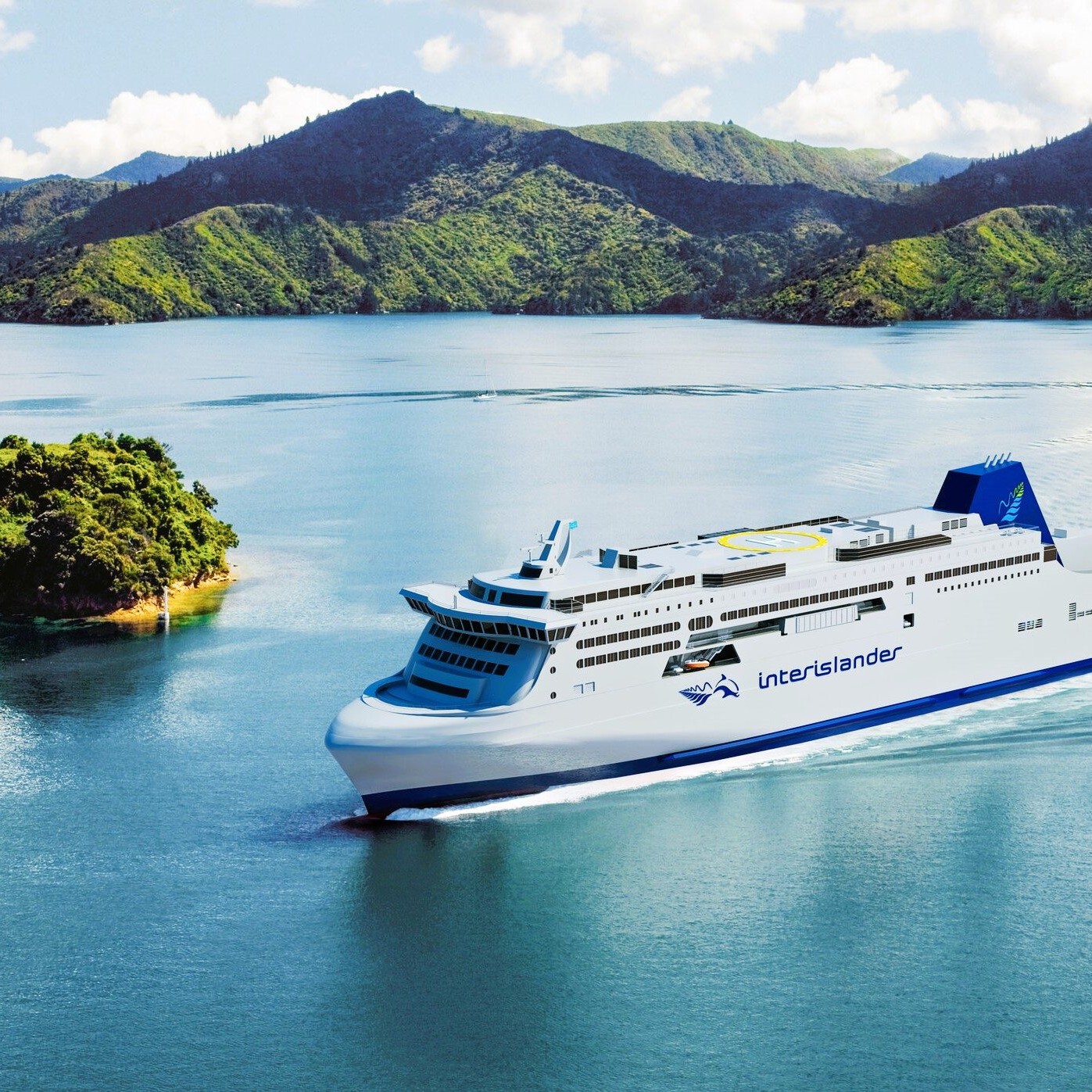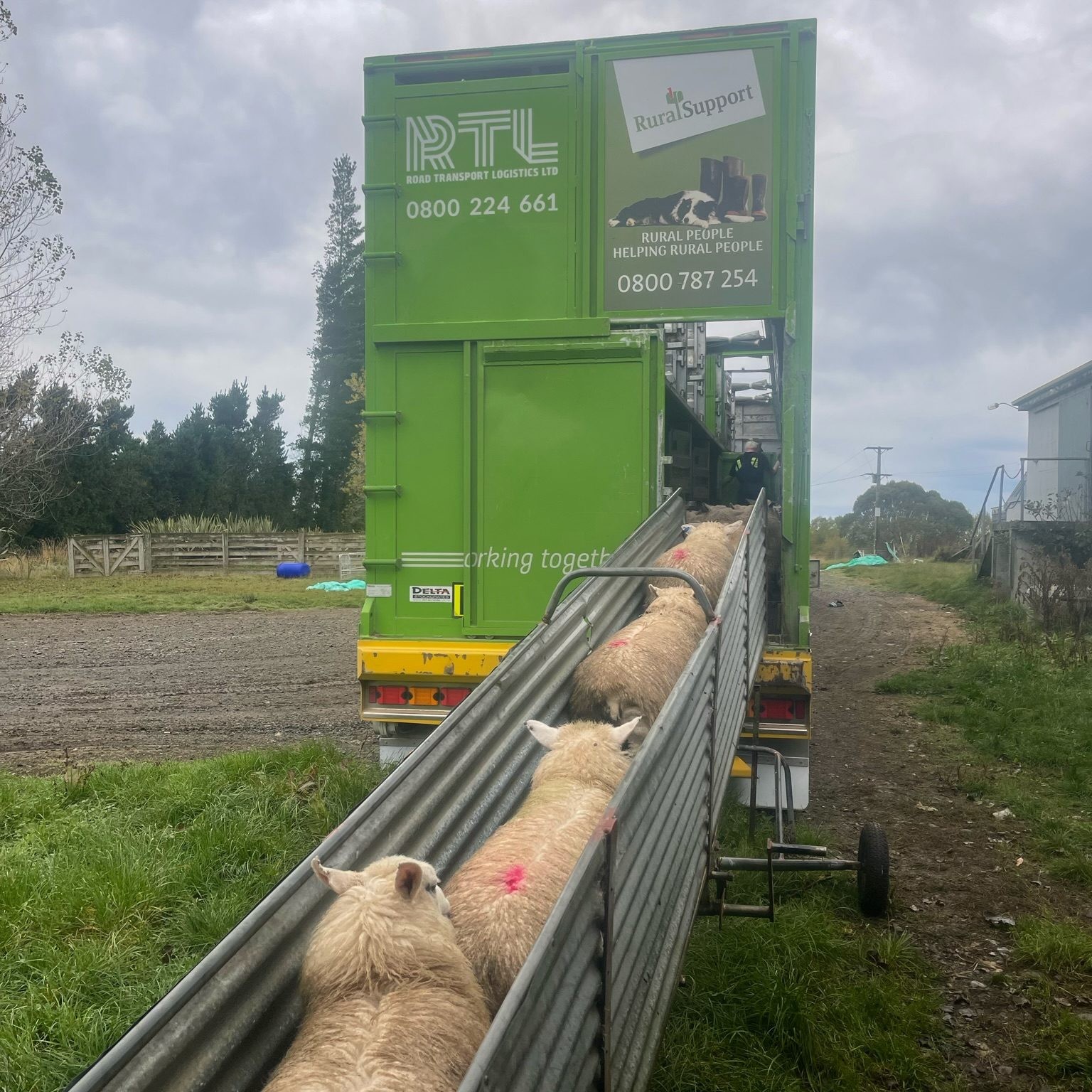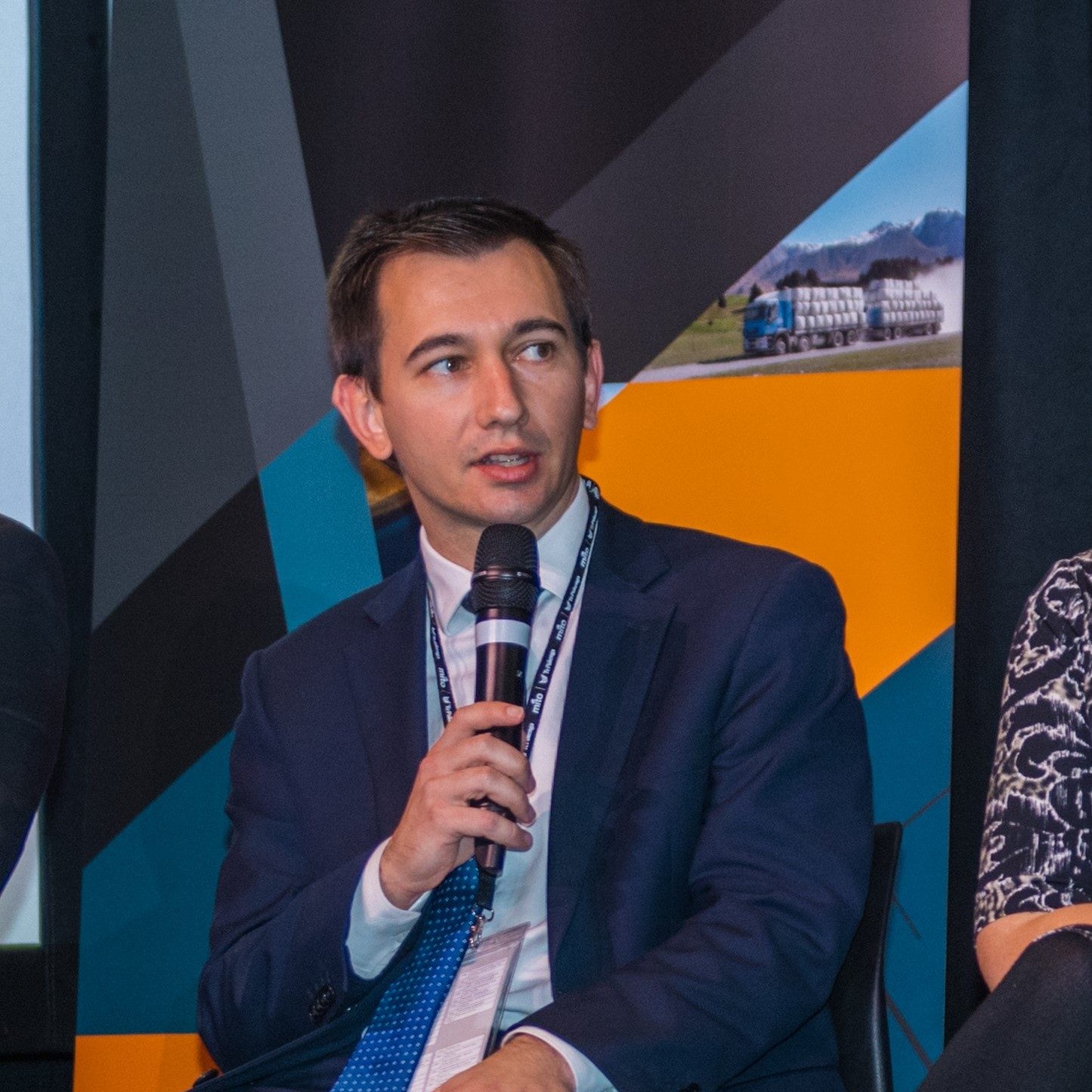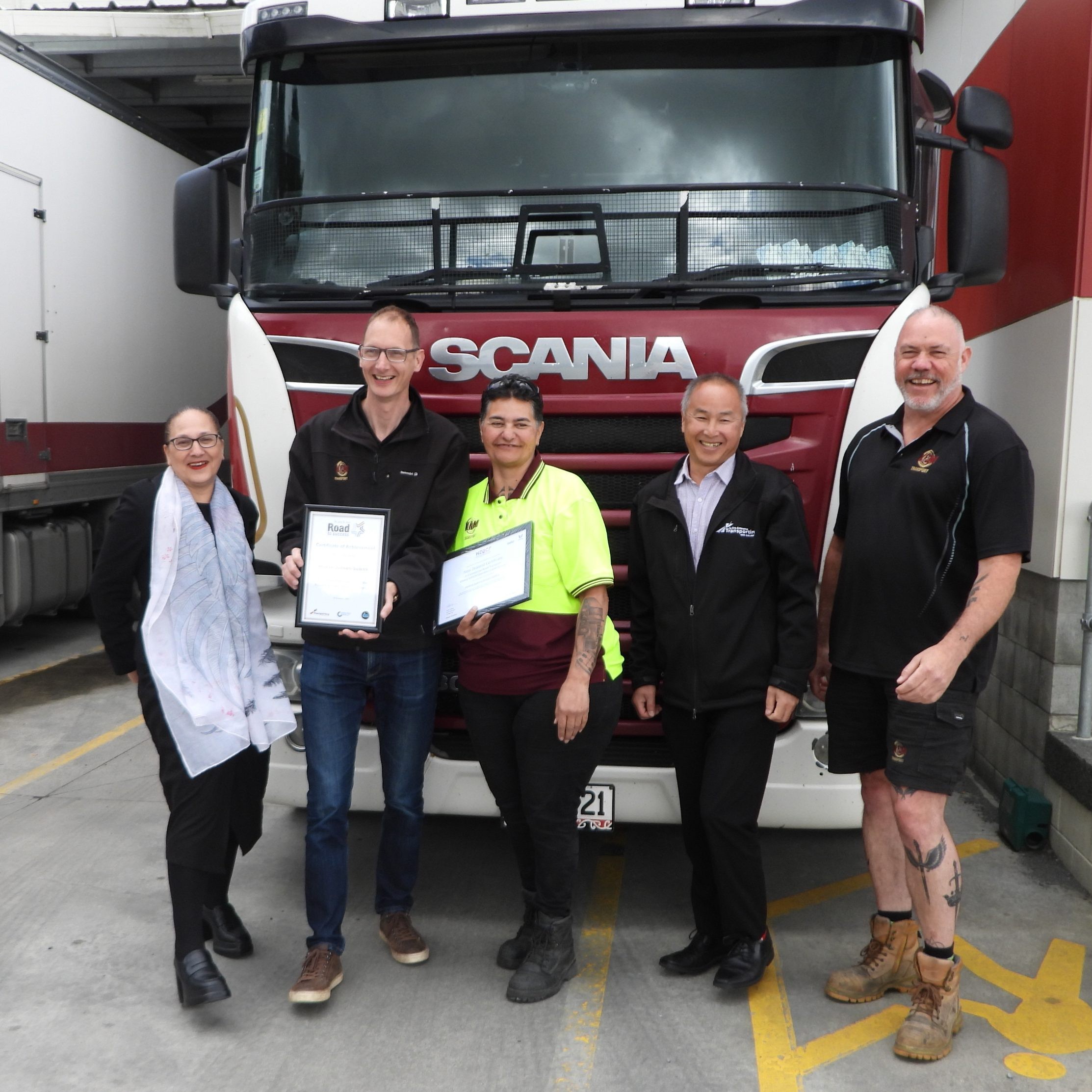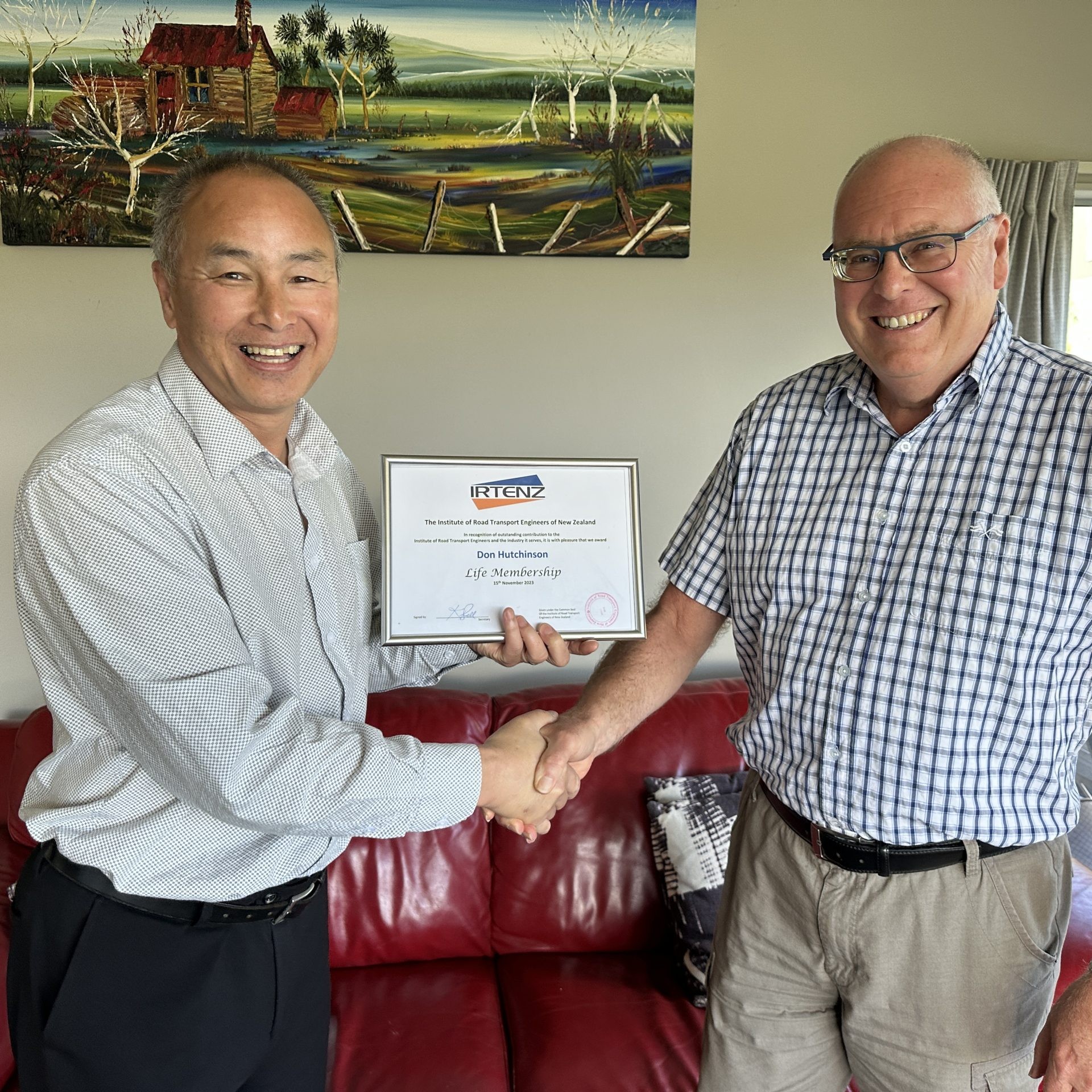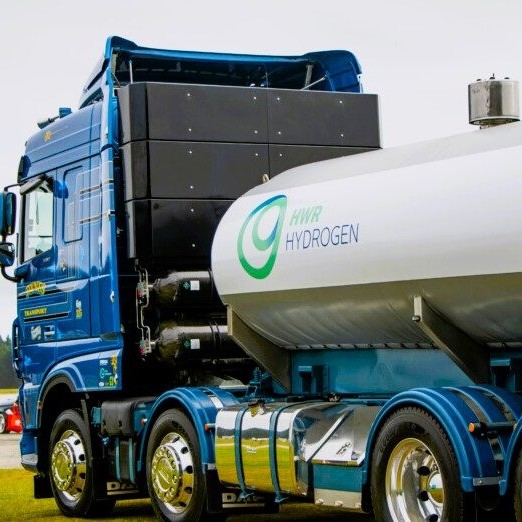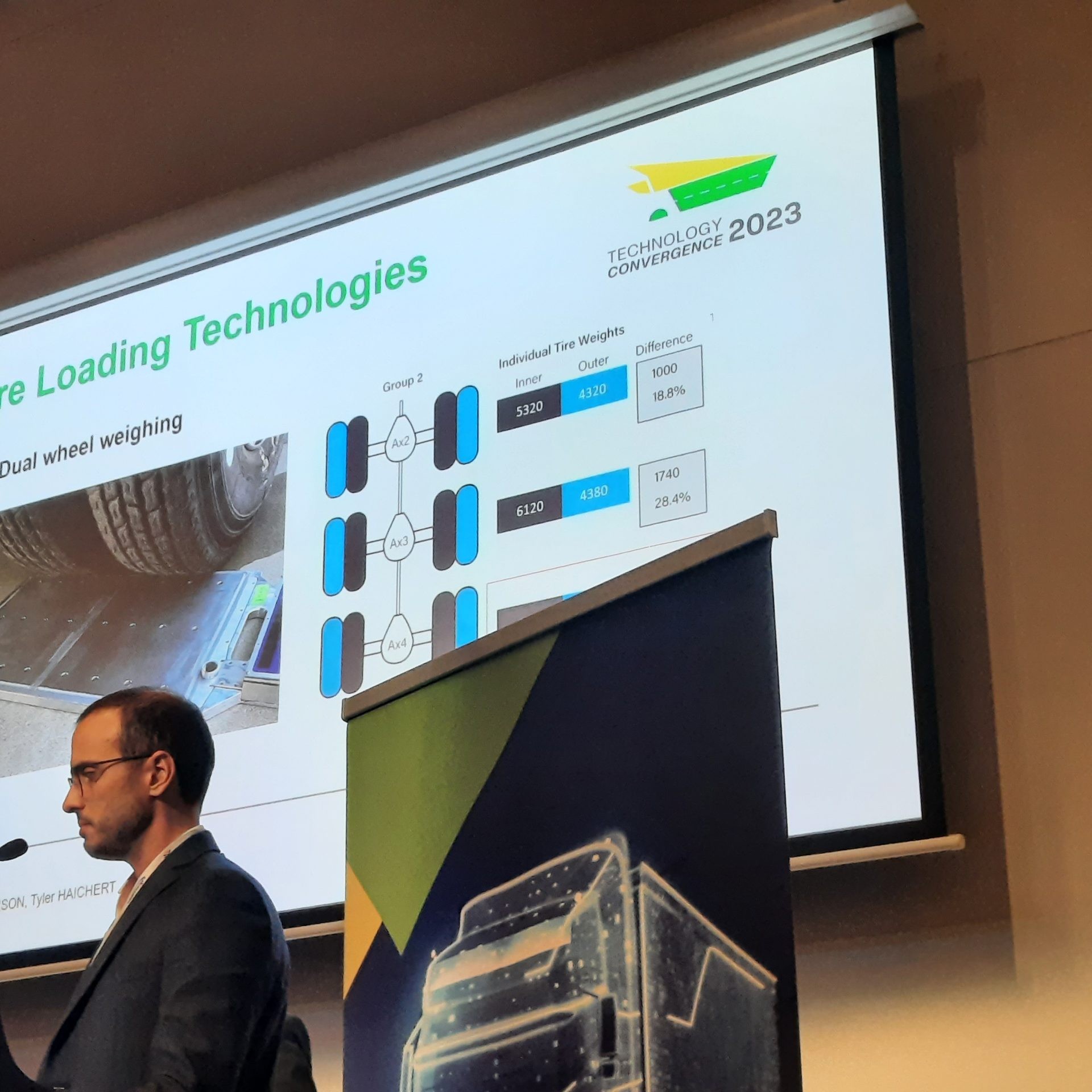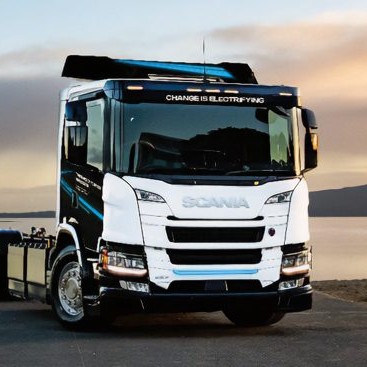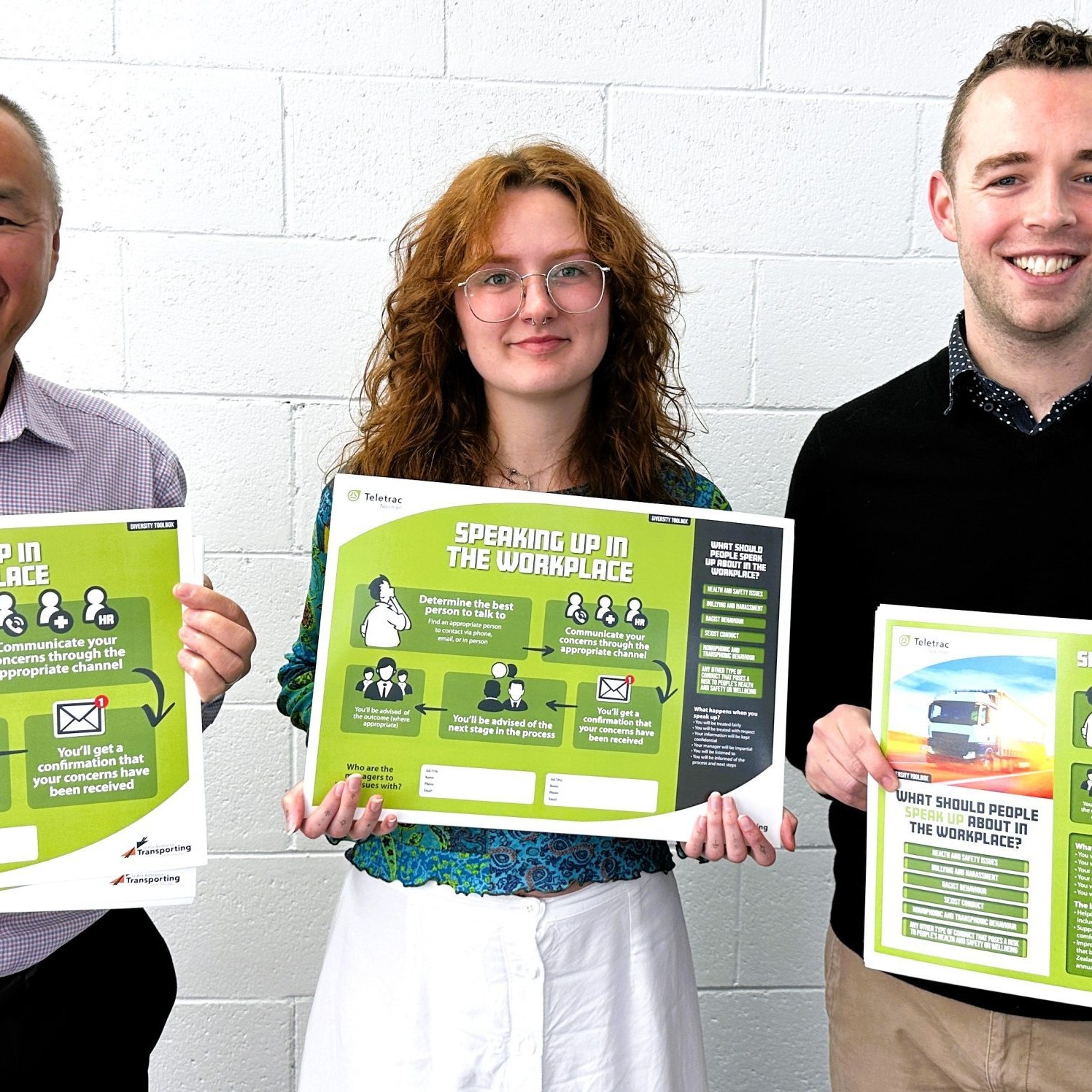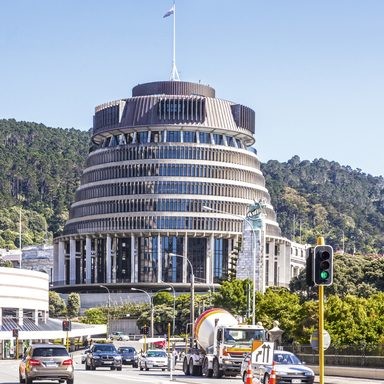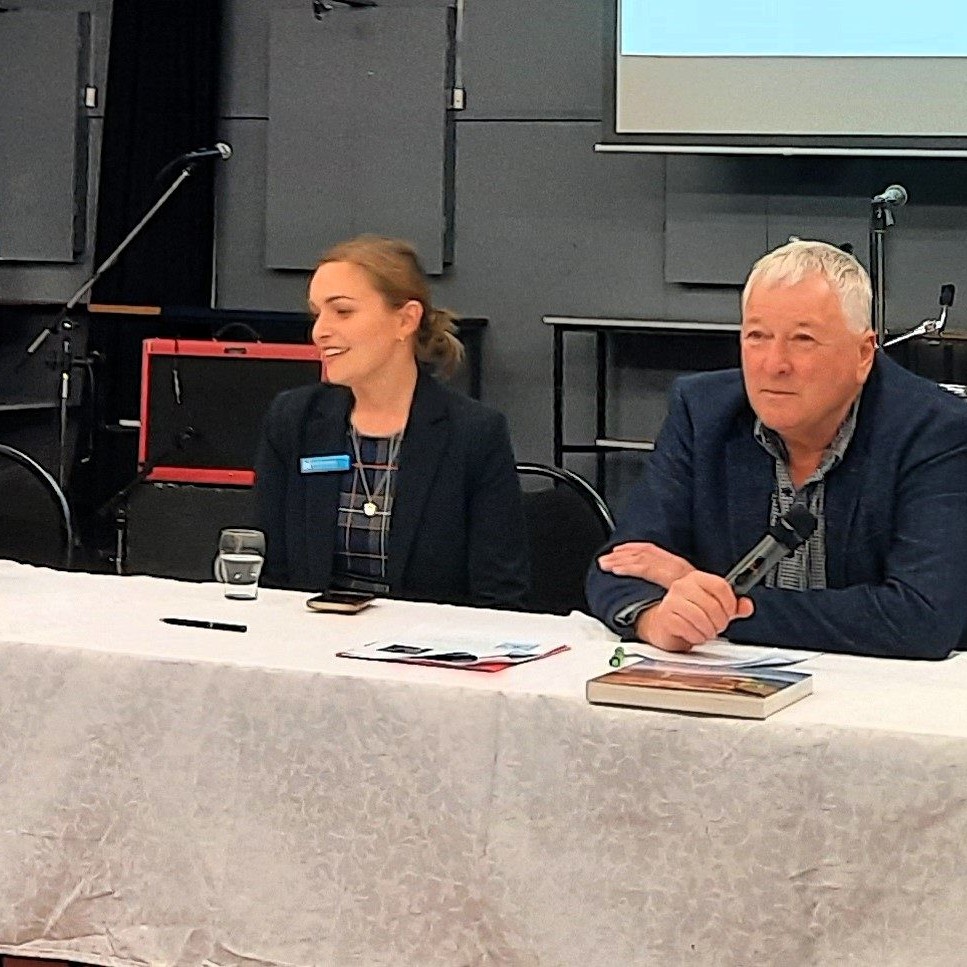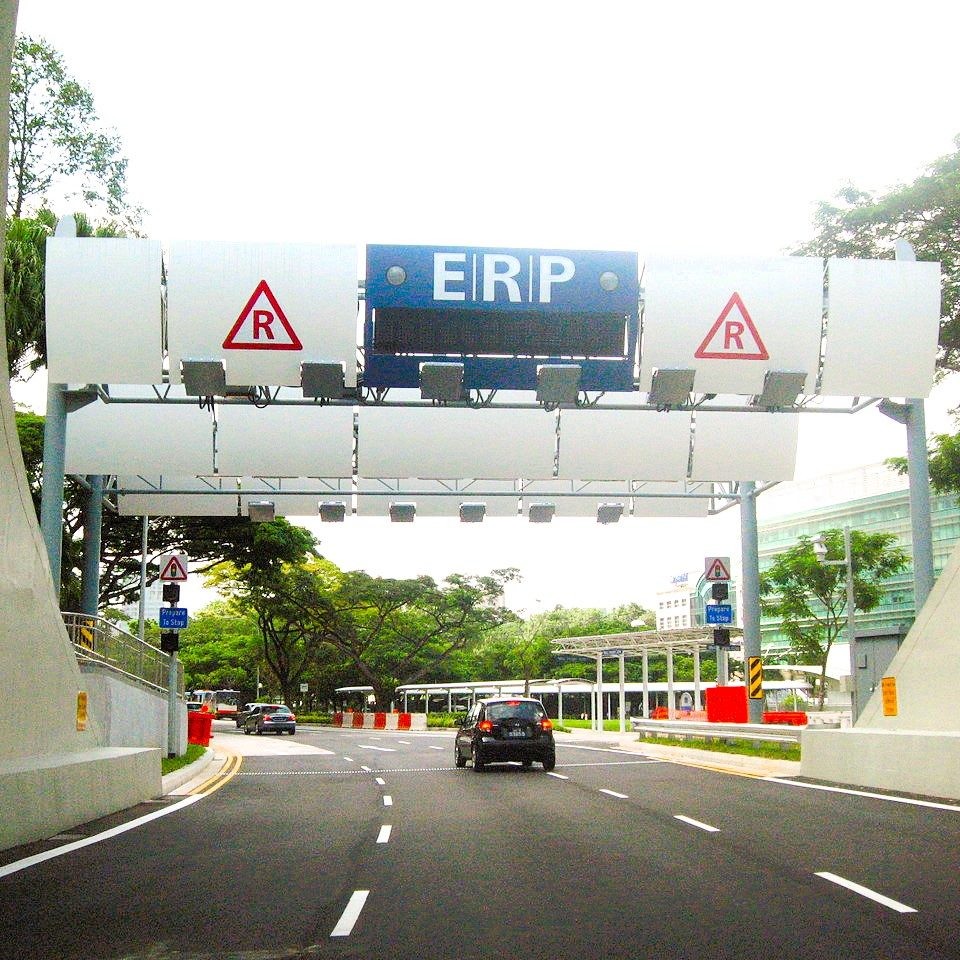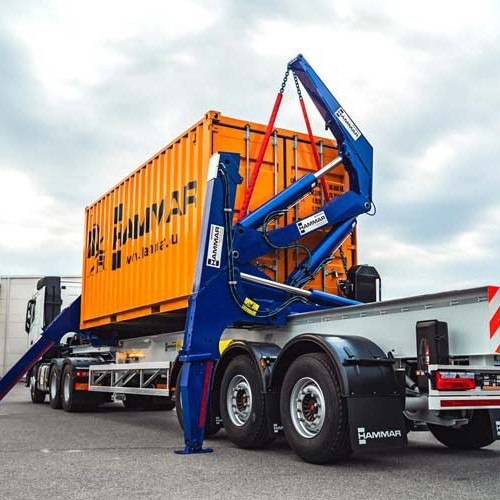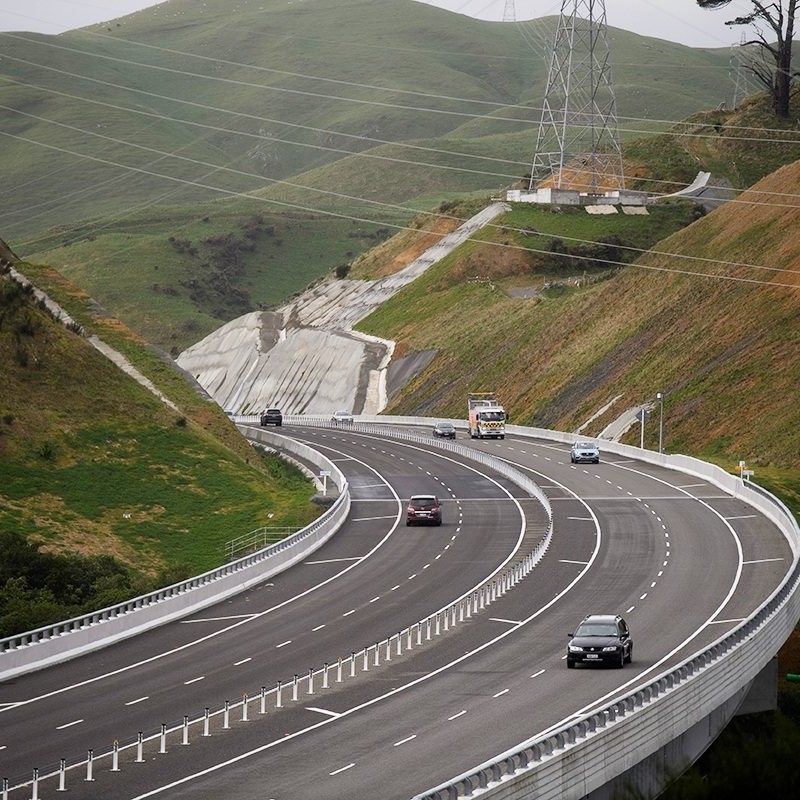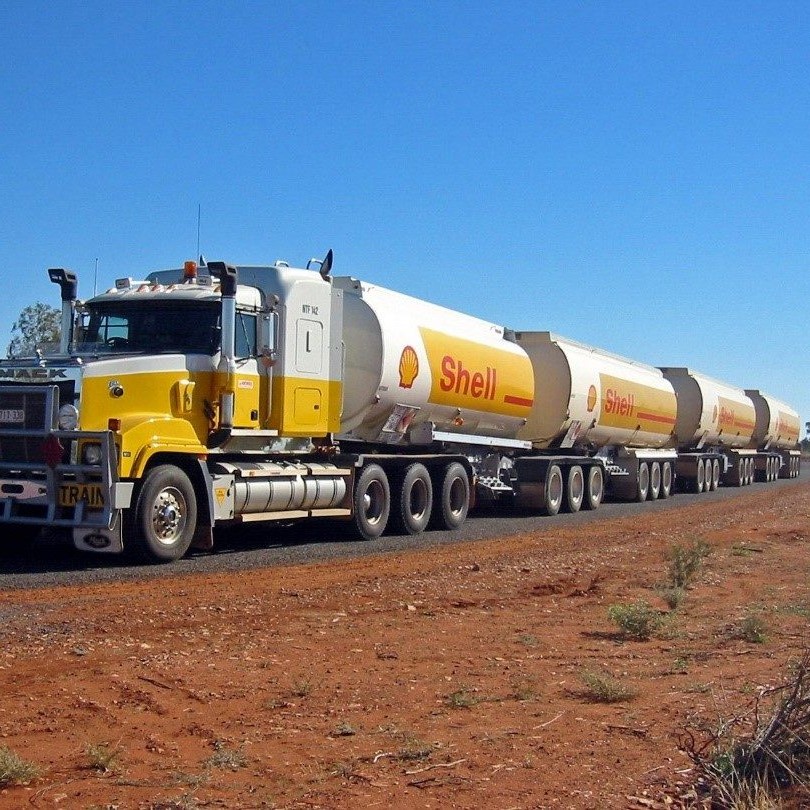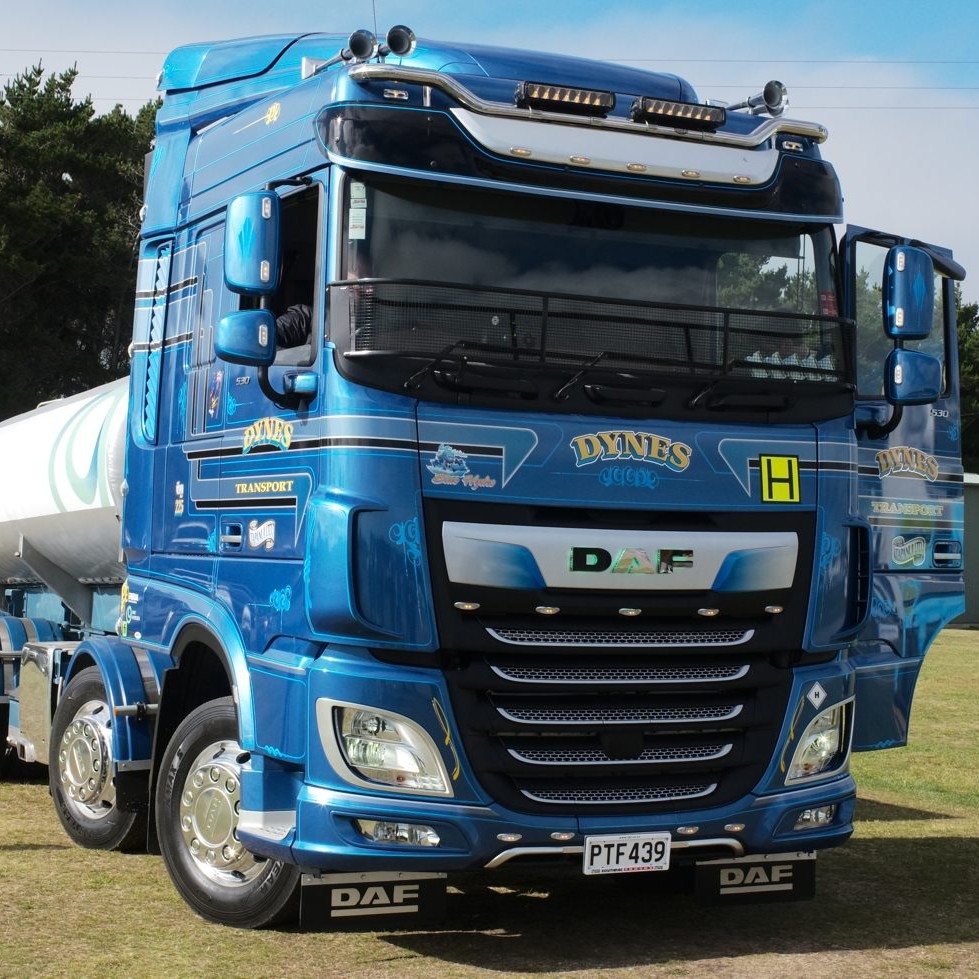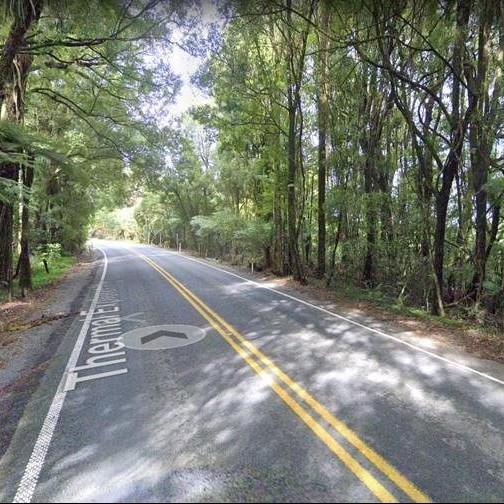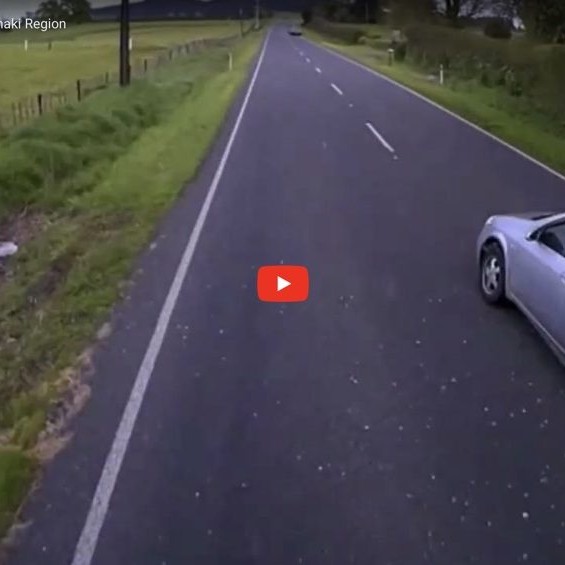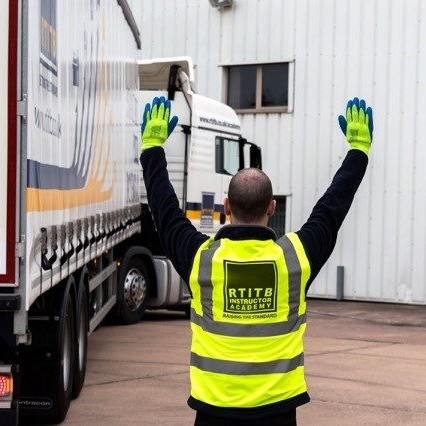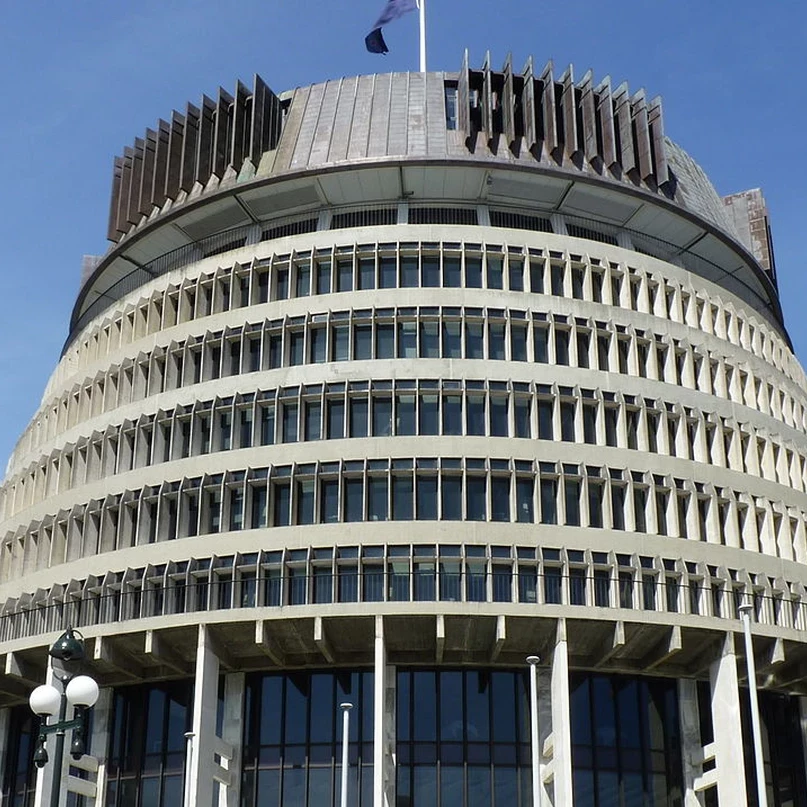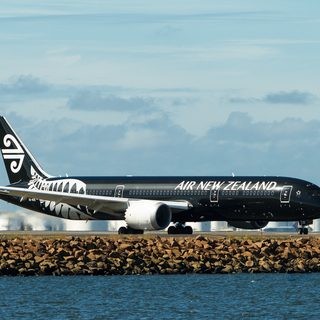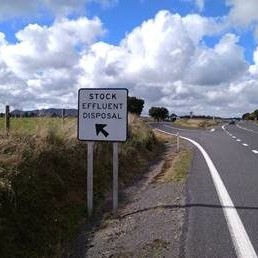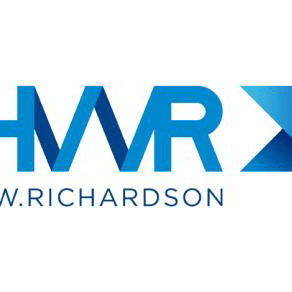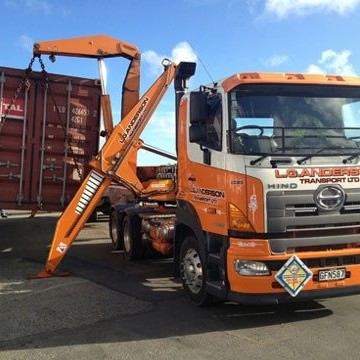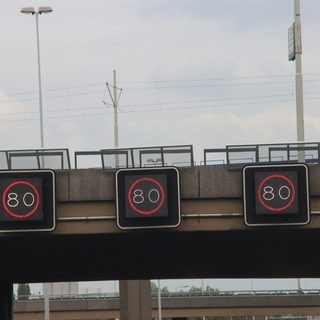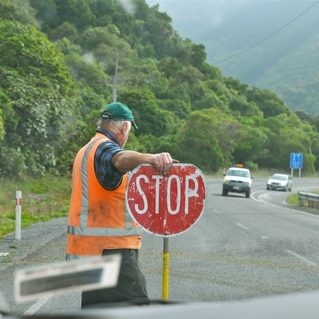
Our new Board met this week and very quickly got into action, appointing economist Cam Bagrie as Independent Director and Chair.
We’ve been very lucky to have had Boards filled with very successful, passionate and committed people from the transport industry and they’ve been good fits for the activities and strategies for those respective periods. The last few years have seen unprecedented change and the timing is now perfect to add the additional skills, experience and knowledge that Cam (pictured) will bring.
A shout-out to one of our previous core member associations (close behind one Central Area Road Transport Association). This week the Region Five Road Transport Association, confirmed formalising the process of winding up. This has been a major change for a group that has a tremendous amount of history. Strategic decisions on major changes, as it has voted for, are always difficult, particularly when there are such strong personal connections and control. But from my observation, its executive and membership have got the right balance of being brave, rational and future-focused on what’s best for the benefit of the industry. It’s been a long and fascinating journey to watch, and hats off to both these organisations.
Weigh-in-motion
NZTA’s industry update on the rollout of using its high-speed weigh-in-motion system at Glasnevin in Canterbury to recover RUC arrears included an interesting statistic. Over the period between 1 and 17 October, when it identified 18,953 heavy vehicle passages, it assessed RUC to be underpaid in 73 cases, or 0.4 percent.
Transporting New Zealand doesn’t condone non-compliance, but that said, we do appreciate 100 percent compliance can be extremely difficult to achieve. So I think compliance of 99.6 percent is an extremely good result and it demonstrates that the vast majority of operators are playing by the rules.
I haven’t seen any recent data but my recollection from previous Cabinet papers is that NZTA estimated that each year unpaid RUC was in the order of 6 percent. The 2024 to 2027 NLTP forecasts net RUC income of being $6.7b, and while light vehicles also pay RUC, the vast majority of RUC is paid by heavy vehicles.
It was always going to be challenging to estimate the amount of unpaid RUC as you don’t know what you don’t know. But given the latest findings of heavy vehicle RUC compliance being so high and being orders of magnitude different to what NZTA had earlier estimated, I presume NZTA will be having a major rethink on how much effort and money it wants to continue investing to improve RUC compliance
Work health and safety
This week we provided our formal submission to MBIE on work health and safety. New Zealand’s health and safety performance lags behind Australia and the UK. The 5-year average fatality rate to 2024 remains much higher than in Australia (1.6 times) or in the UK (6.4 times). Given that context we believe significant improvements need to be made.
Transport of road freight is typically just one link in most supply chains. We’ve made the point that time and again we see the influences and behaviours of other parties in the supply chain occurring without due consultation which causes adverse impacts on road transport operators.
When Transporting New Zealand has raised its concerns with other supply chain parties about their respective actions and the consequential adverse impacts on transport operators, those concerns have typically gone unheeded. We hope there will be changes to improve this situation.
As we did with our submission a couple of weeks ago during consultation on ACC levies, we’ve taken this opportunity to reiterate our concern about ACC’s proposal to close the Fleet Saver audit programme. The good work and improved safety outcomes that a number of our members are achieving from this programme will be endangered by the programme’s closure and we’ve offered to work with ACC to reform and improve the scheme.
Accident investigation
I joined Nine to Noon radio for a good chat about the possibility of extending the TAIC’s (Transport Accident Investigation Commission) role to investigating heavy vehicle incidents. We believe this approach has considerable merit, particularly if TAIC could act proactively and not wait until a major incident. The main regulators in our space – Police, NZTA and WorkSafe – are, as one would expect, strongly focussed on compliance.
With the advent and increased use of telematics, NZTA as is its right, has been strongly focussed on reconciling the records from operators’ logbooks with telematics data. Undertaking such a reconciliation allows inconsistencies to be identified, such as the vehicle moving during a period recorded as a rest break. Drivers are expected to complete their logbooks accurately, and there shouldn’t be discrepancies, even by a few minutes.
The value TAIC would bring is that while still connected to government, it acts independently of the regulators and its approach is not to apportion blame, and its findings cannot be used for taking prosecutions.
As a result, the findings of its investigations are likely to be very different to work done by a regulator and much more likely to identify opportunities to remedy system issues. We’ll have to wait and see whether this progresses or not. I wrote a paper about it when I was at the Ministry of Transport in 2007 and the idea is still bouncing around!
South Island rollover prevention courses
In terms of some more proactive work we’re doing, following on from the rollover prevention courses we did in the Waikato/Hawkes Bay/Gisborne/Bay of Plenty in July, we have three more coming up in Dunedin, Balclutha and Invercargill on November 12, 13 and 14 respectively. These are being run in association with NZI, NZTA and Icon Logistics.
These are free and available to all so if you’re interested please register with the names of those attending at info@transporting.nz by no later than 3 p.m. on Thursday 7 November.

